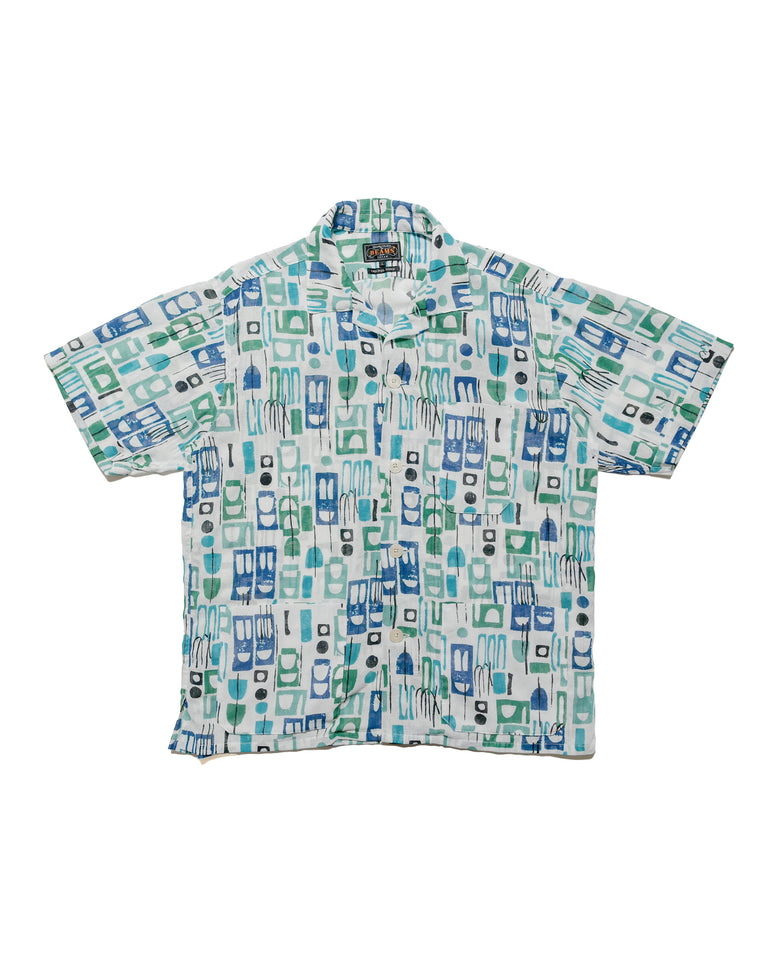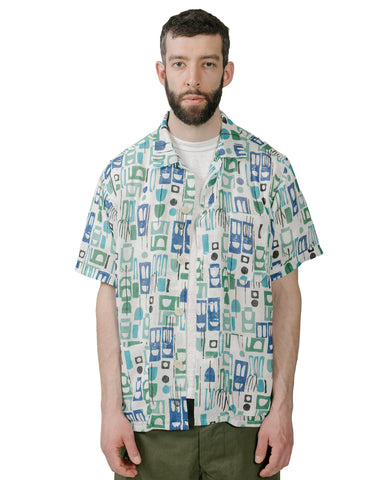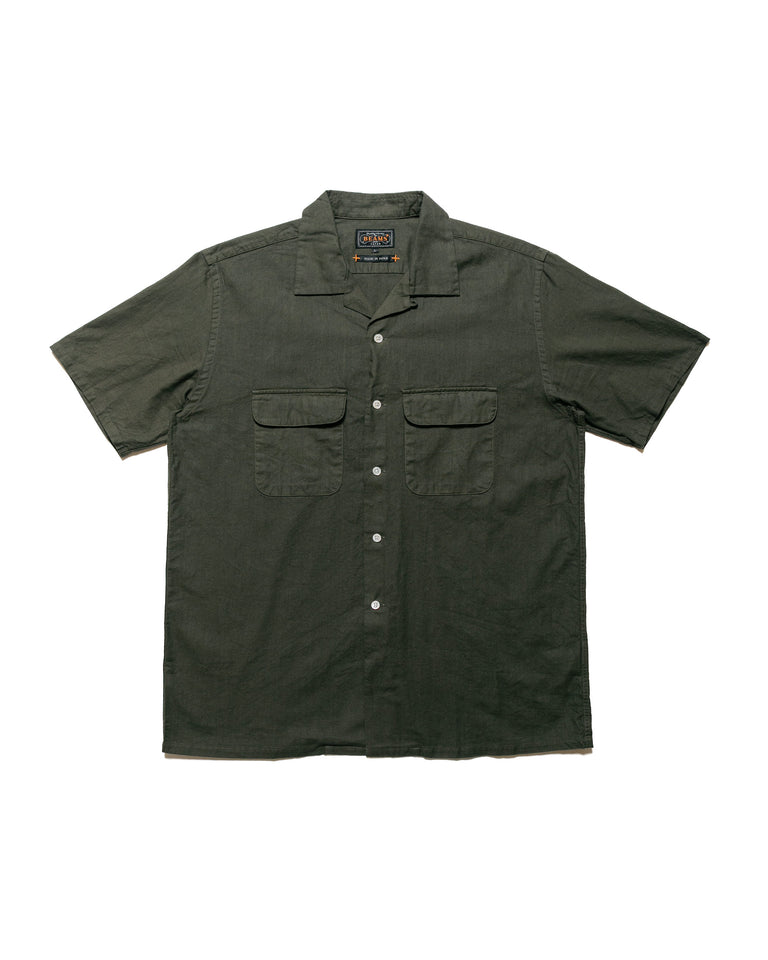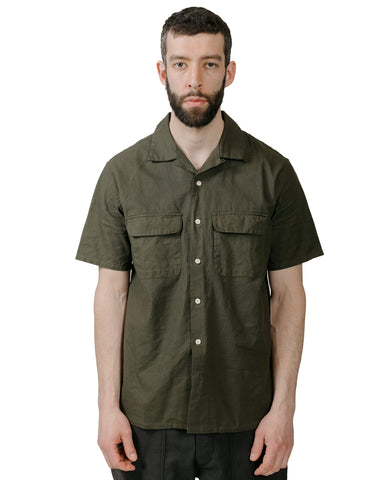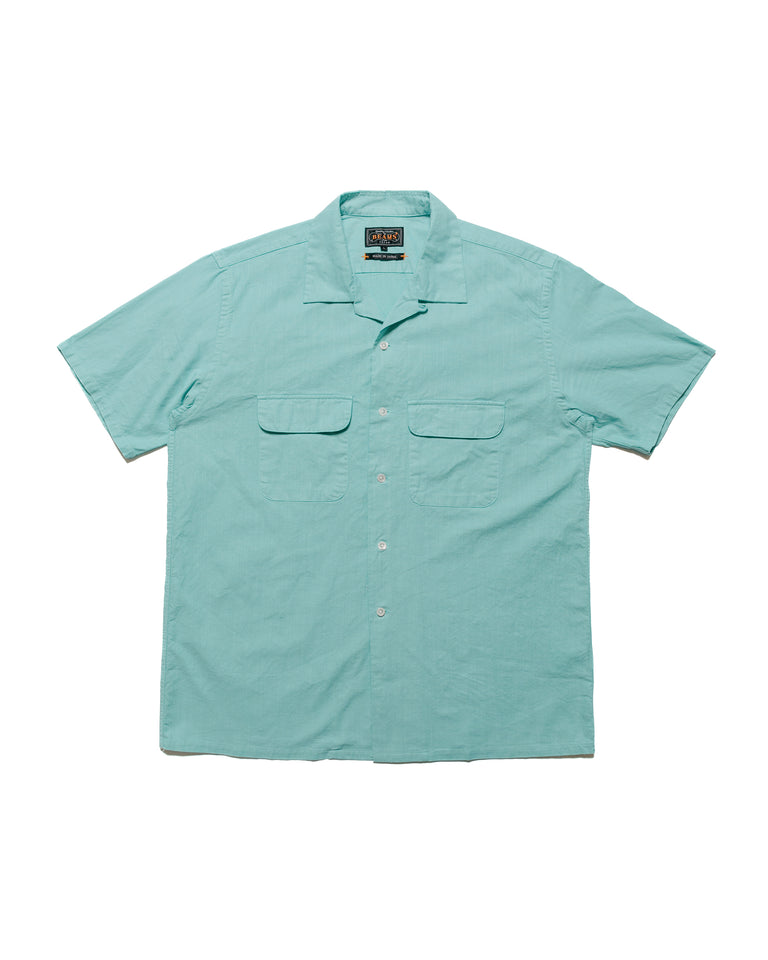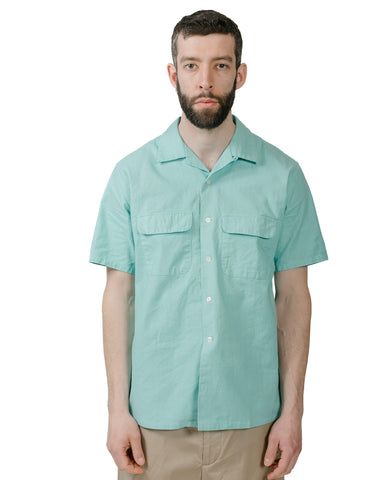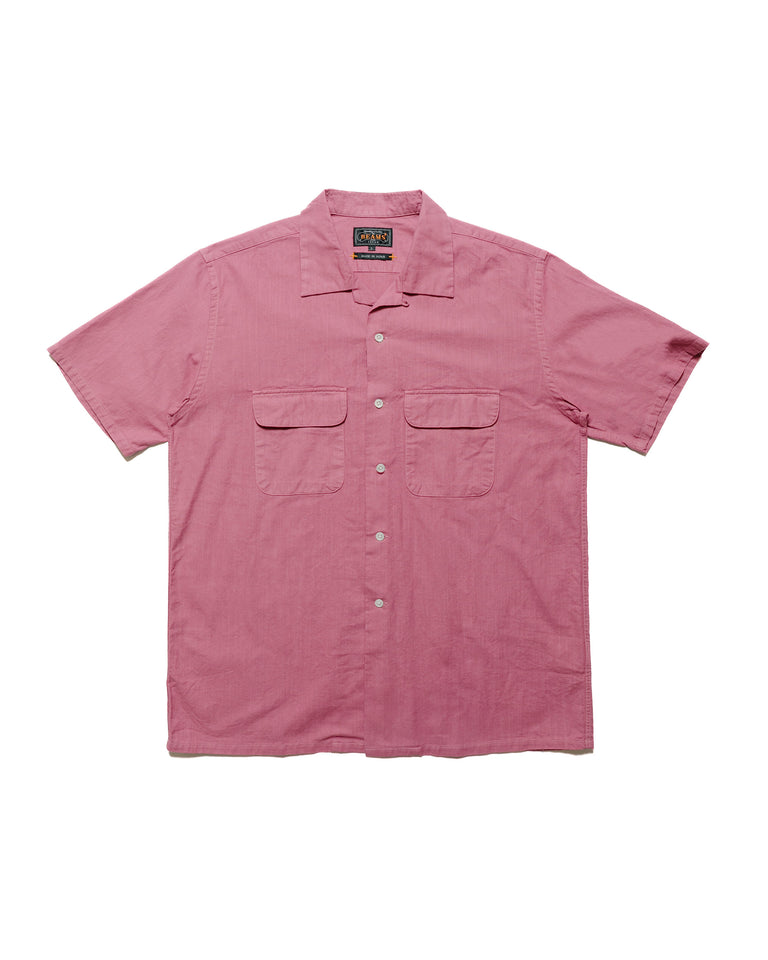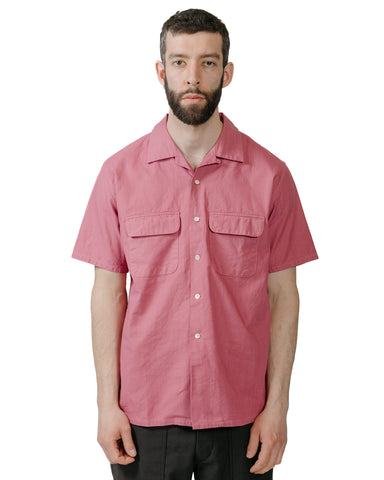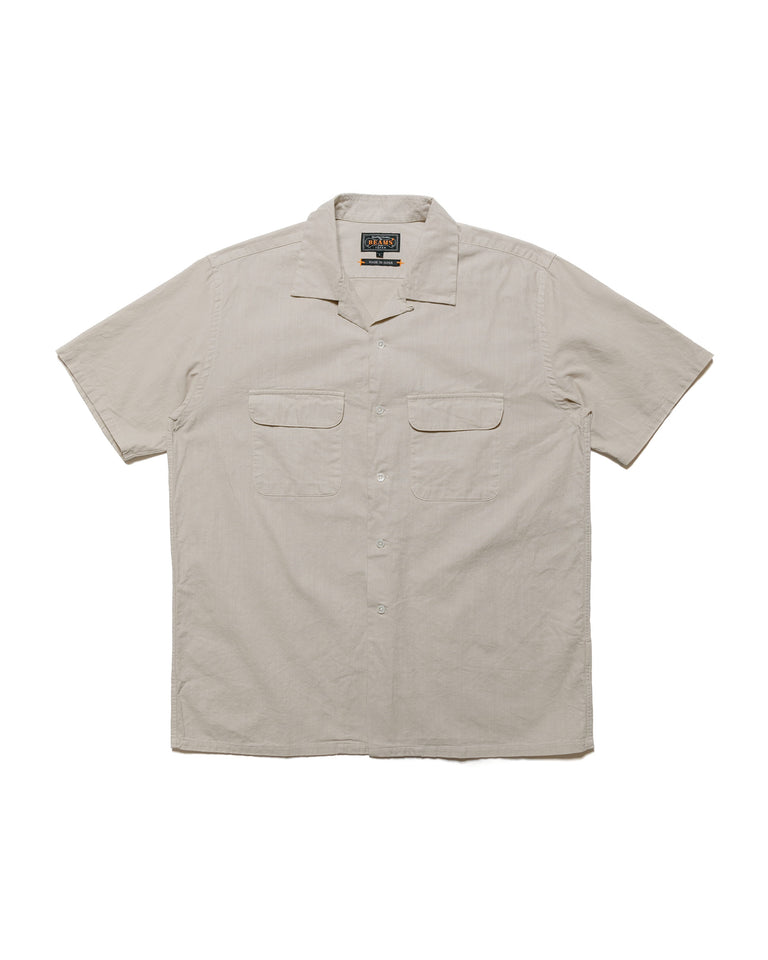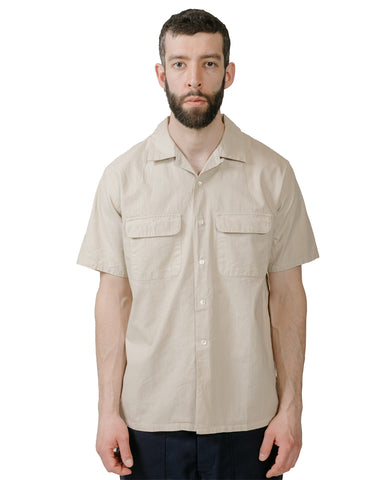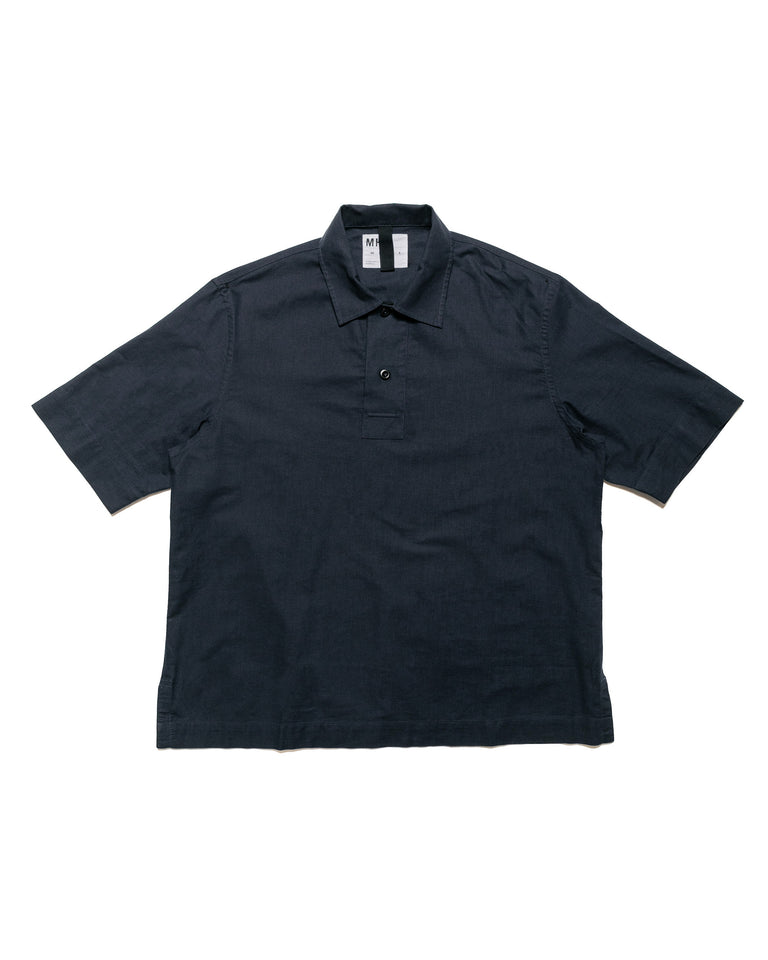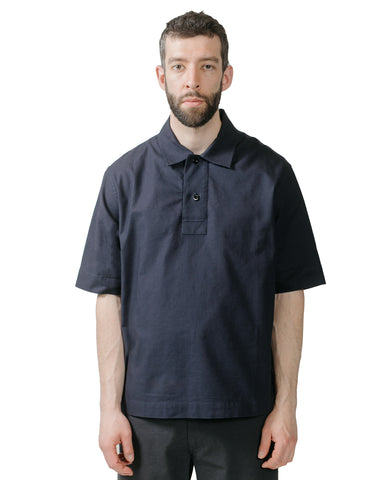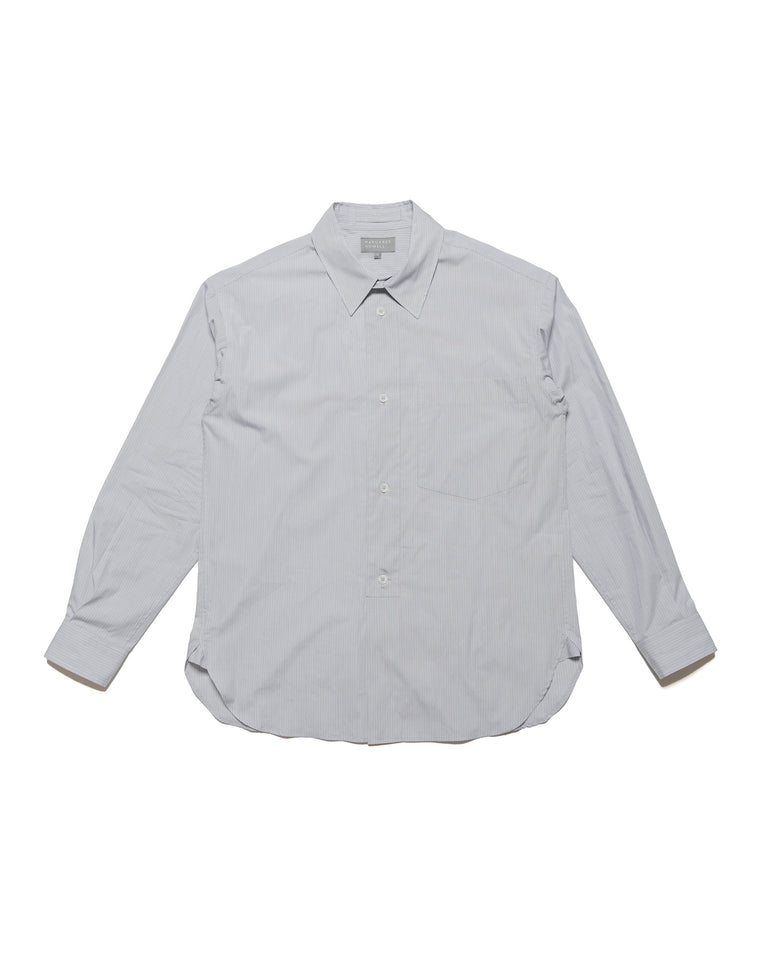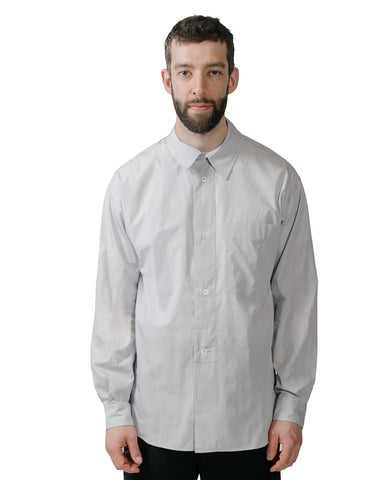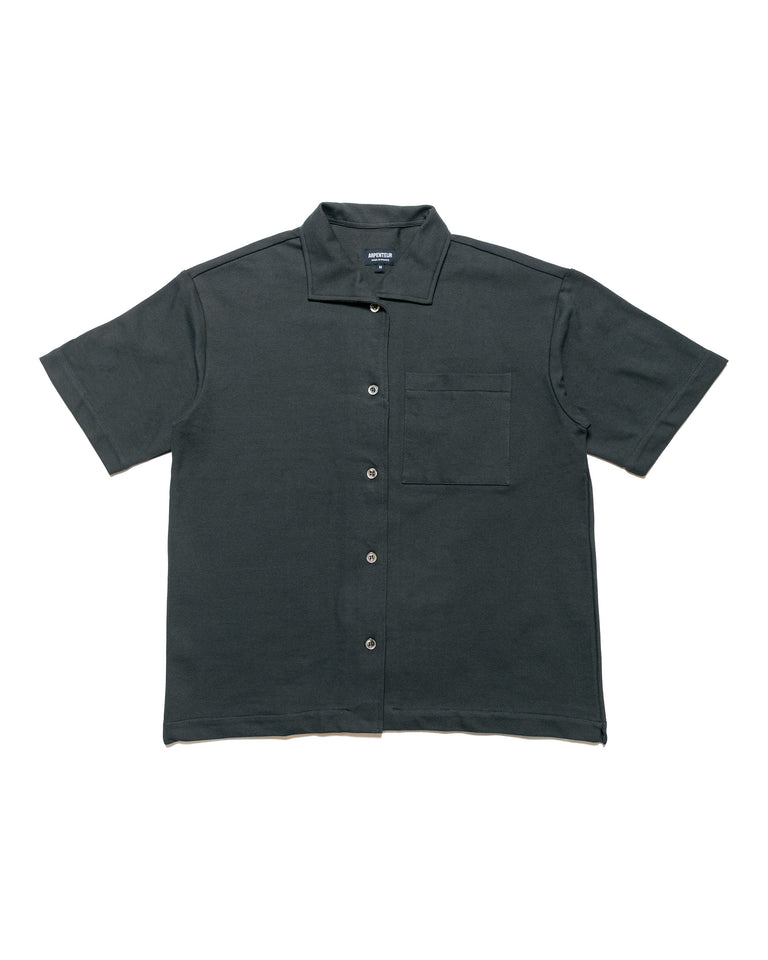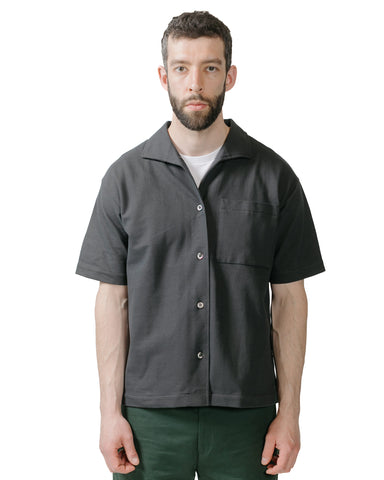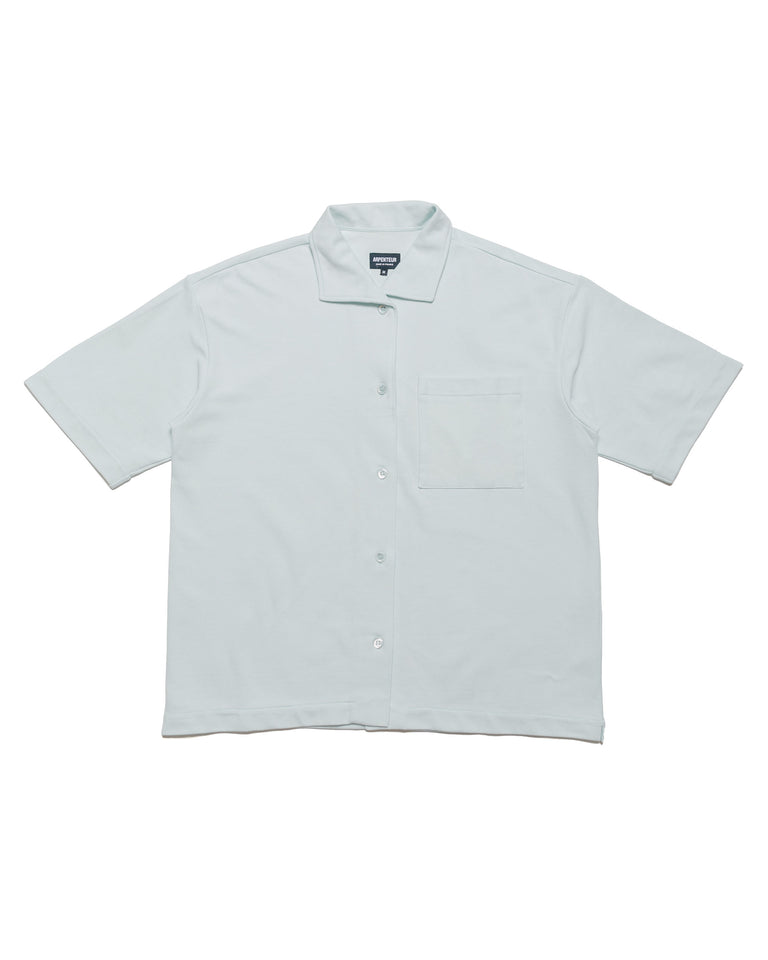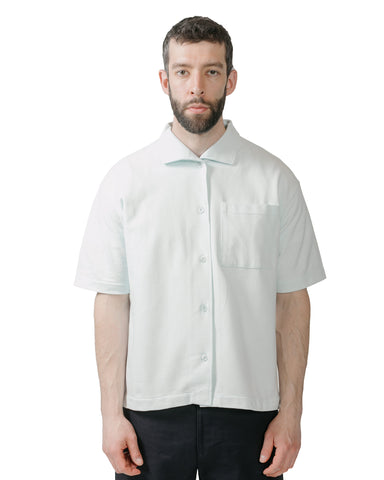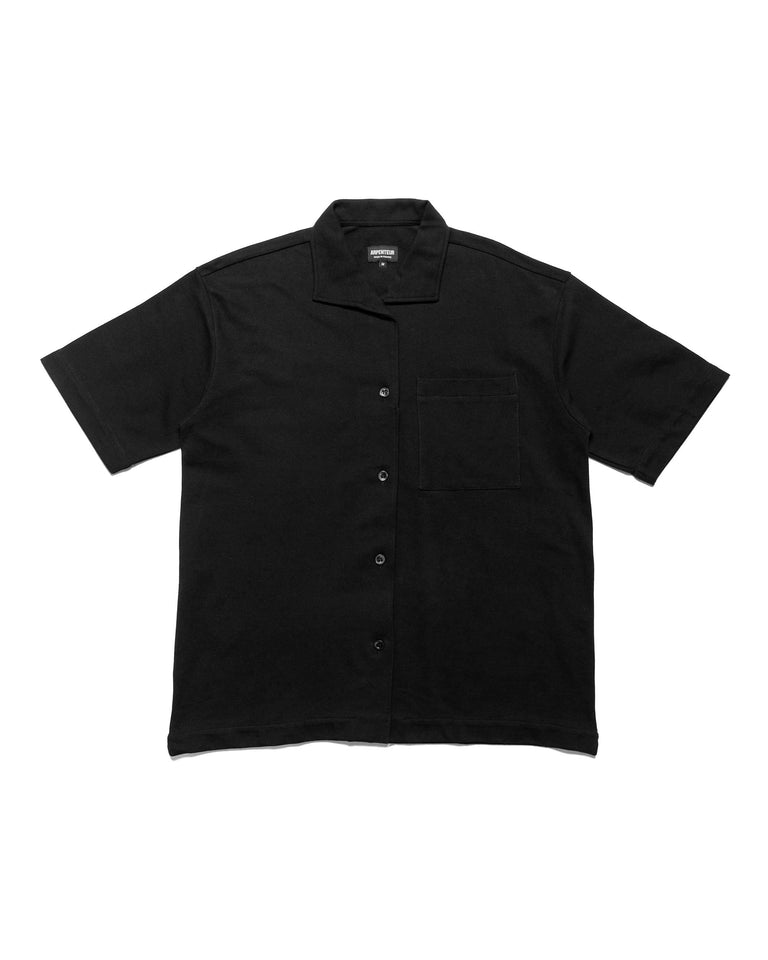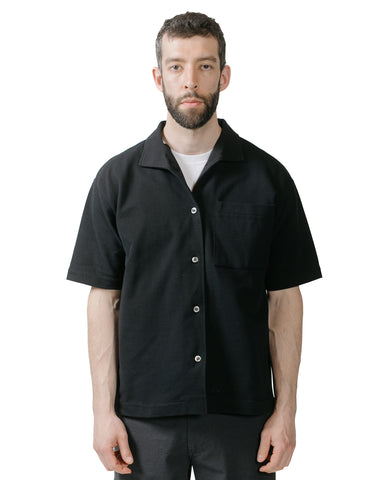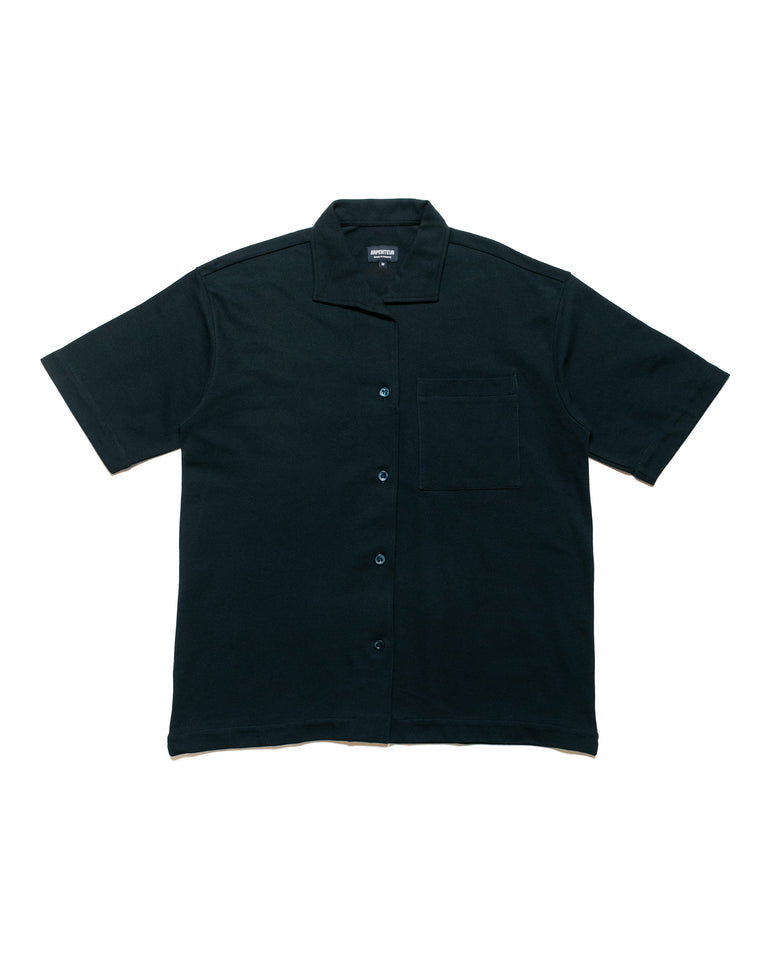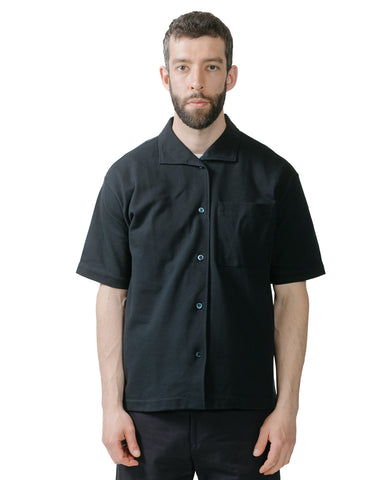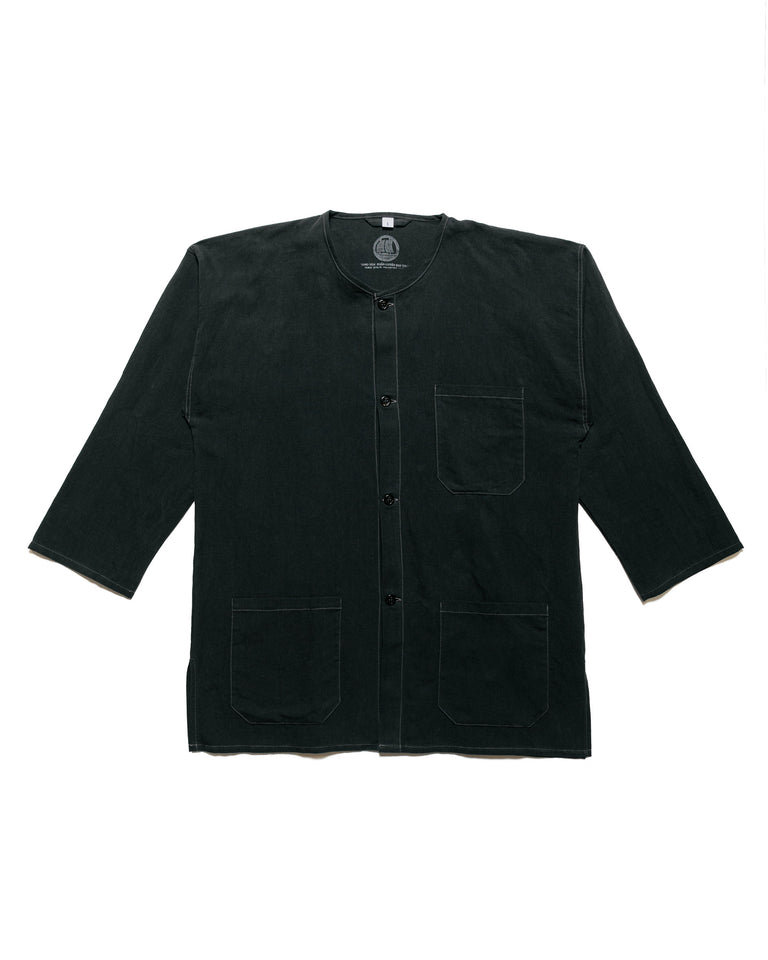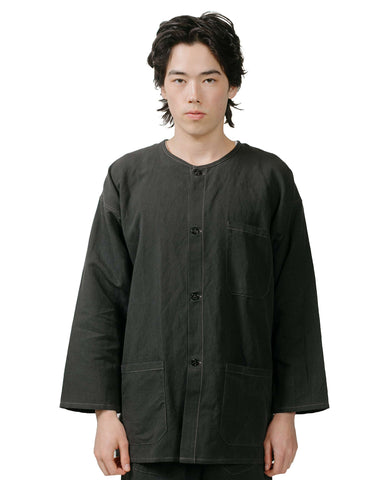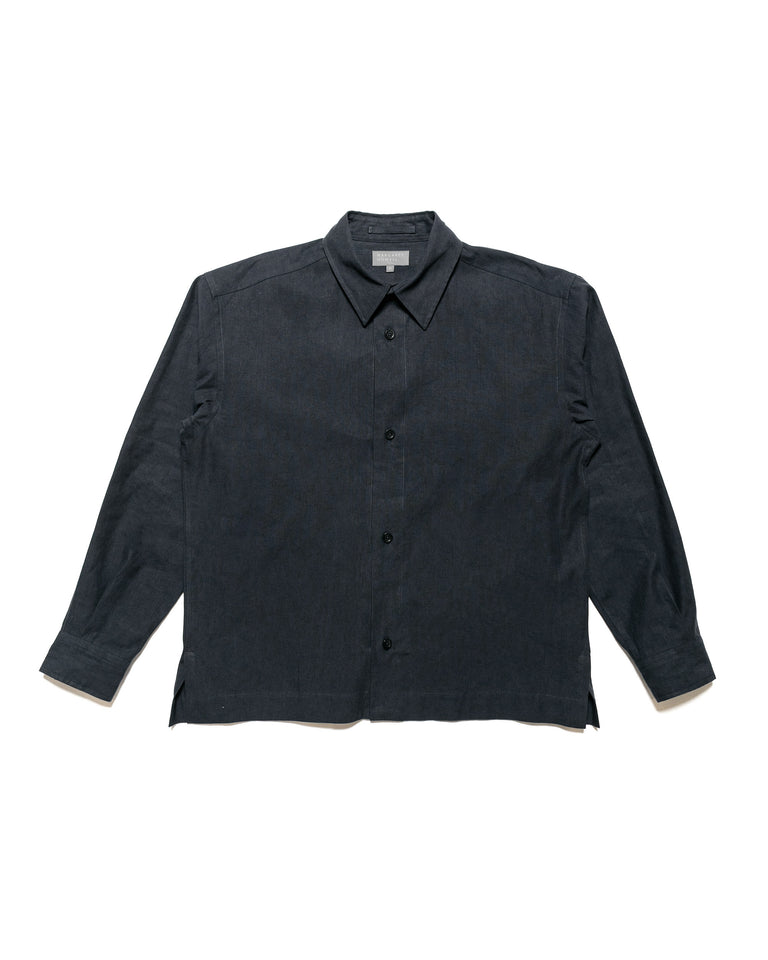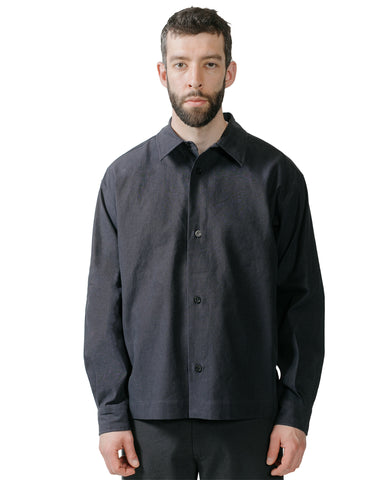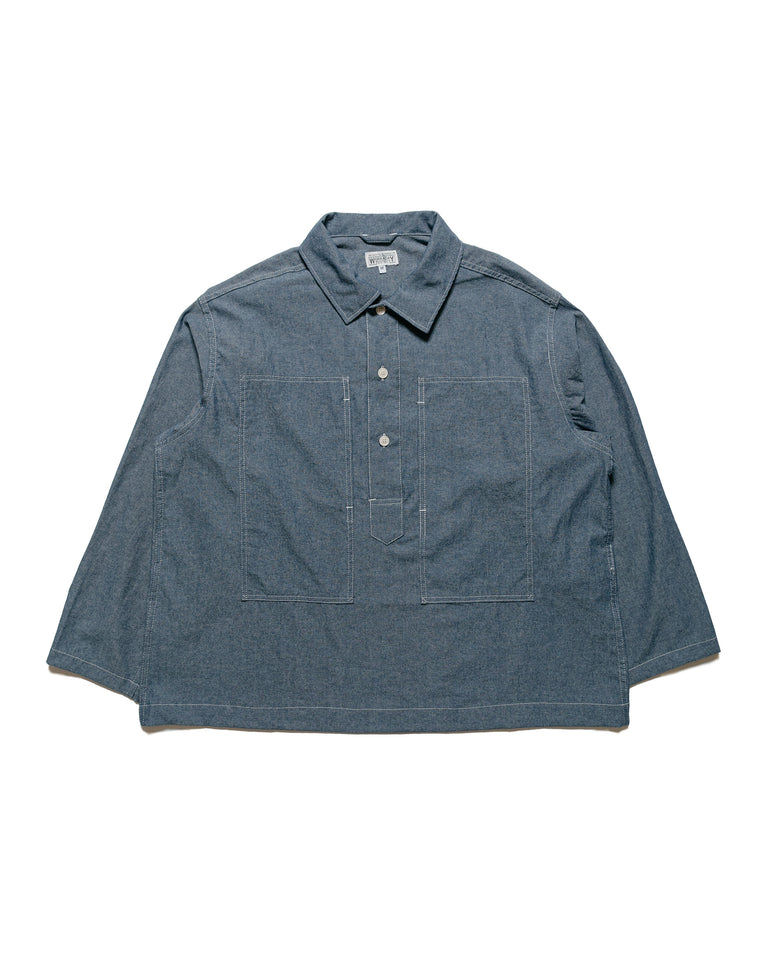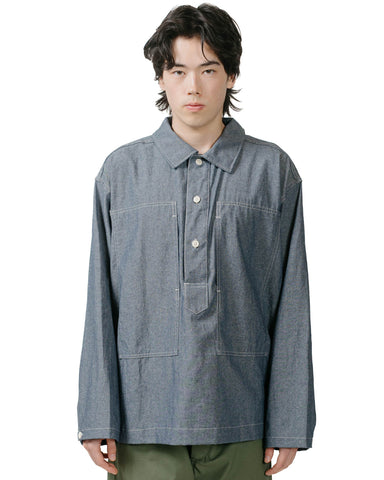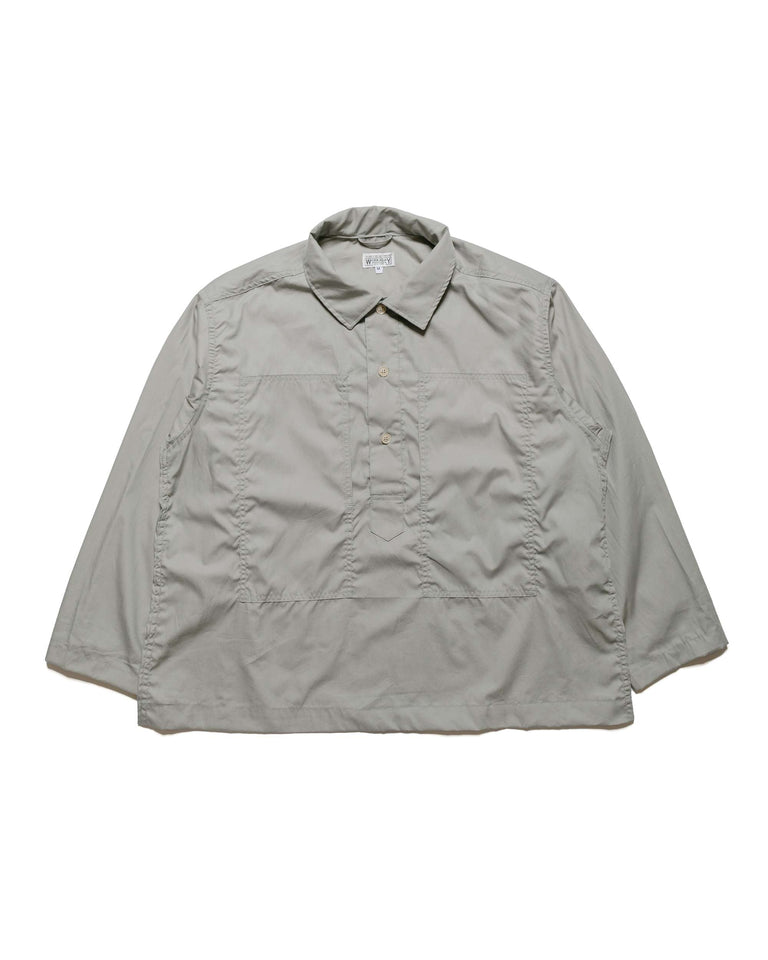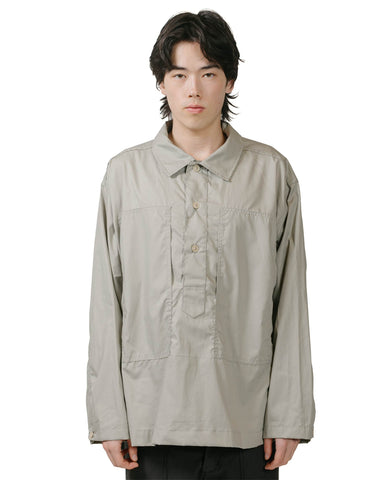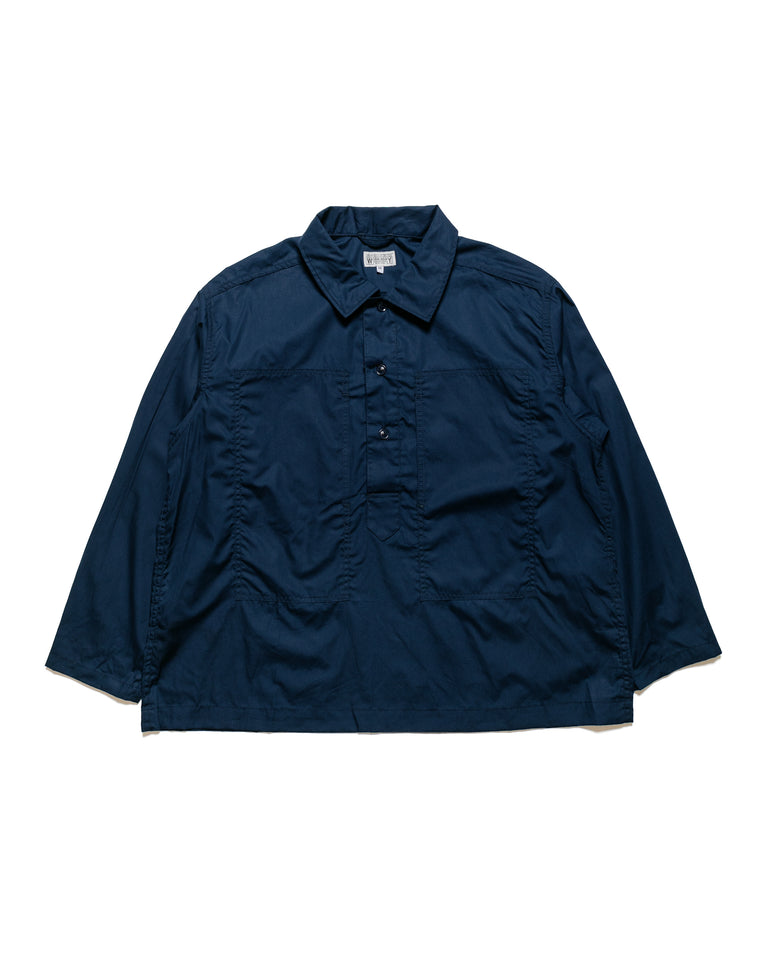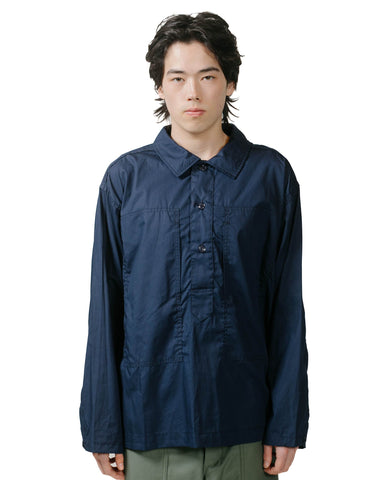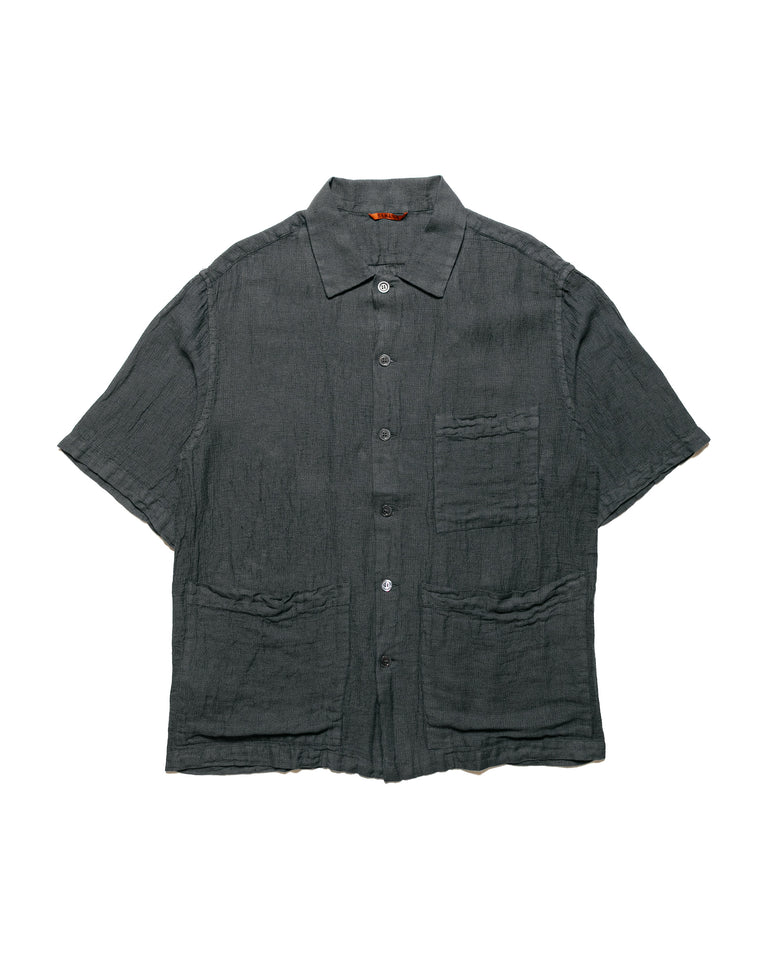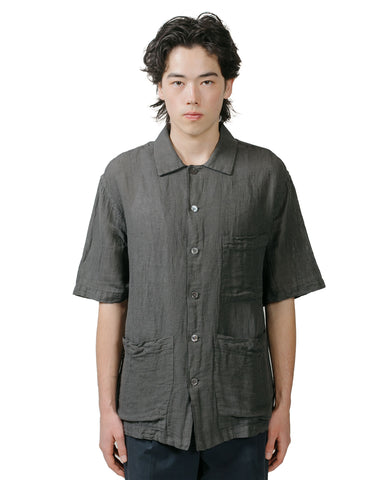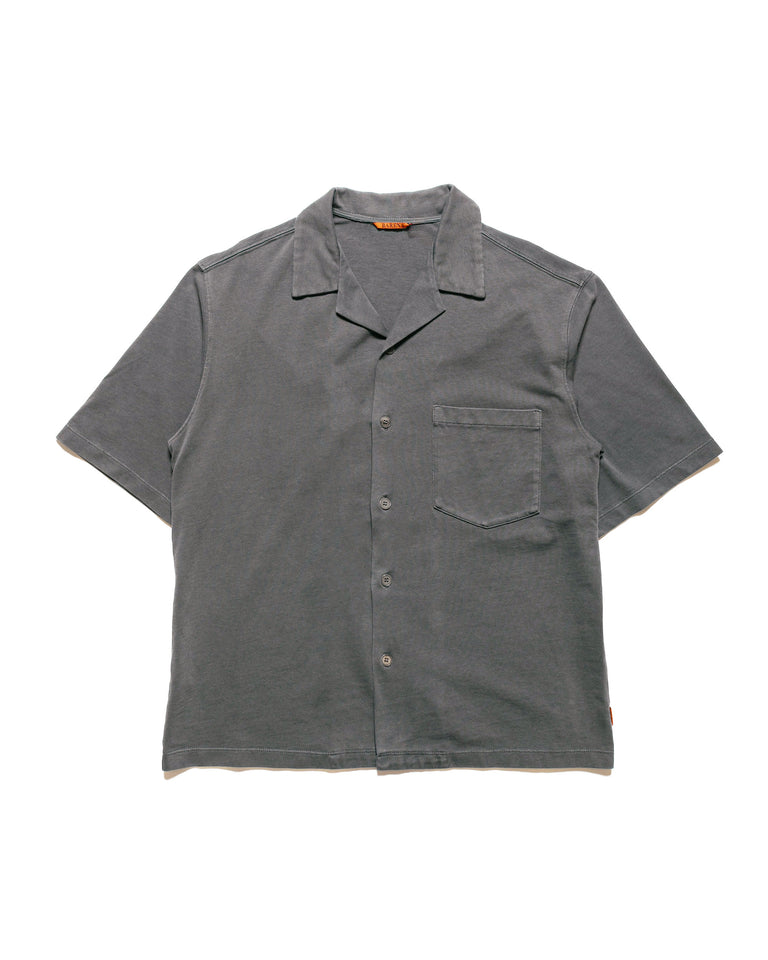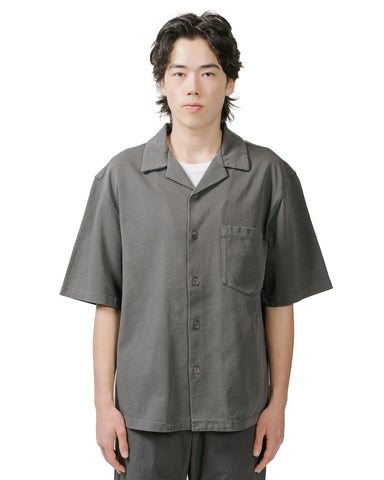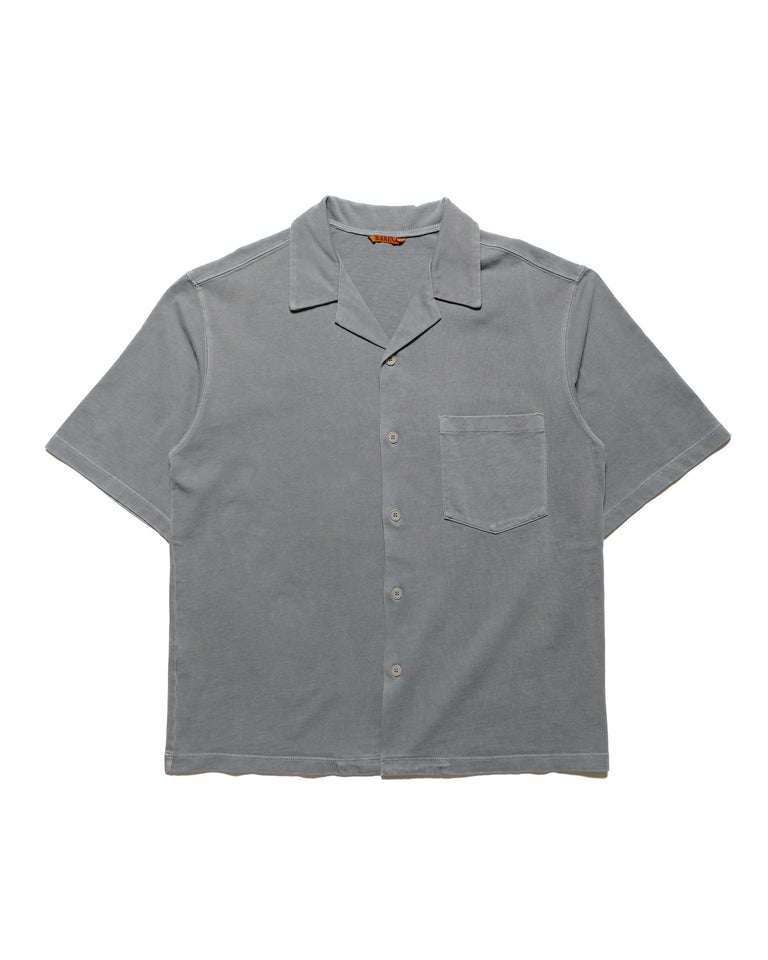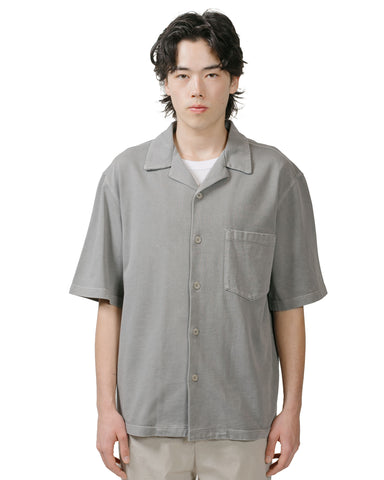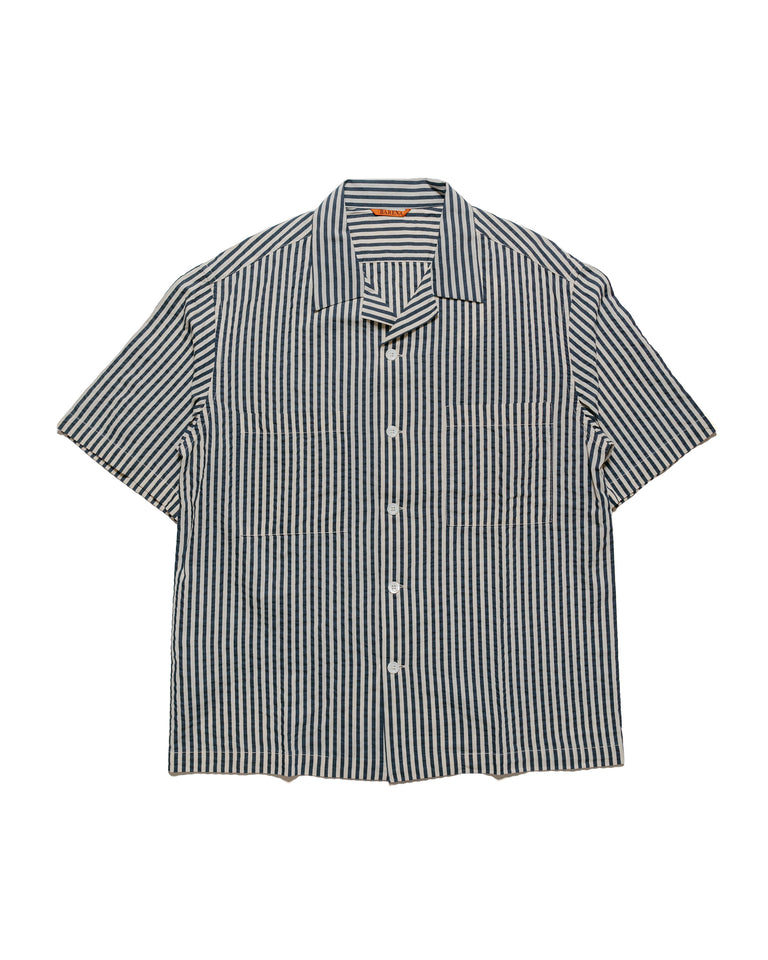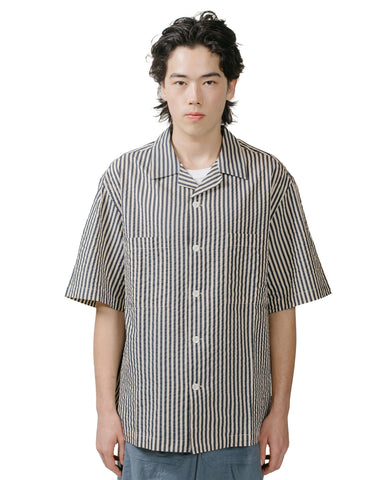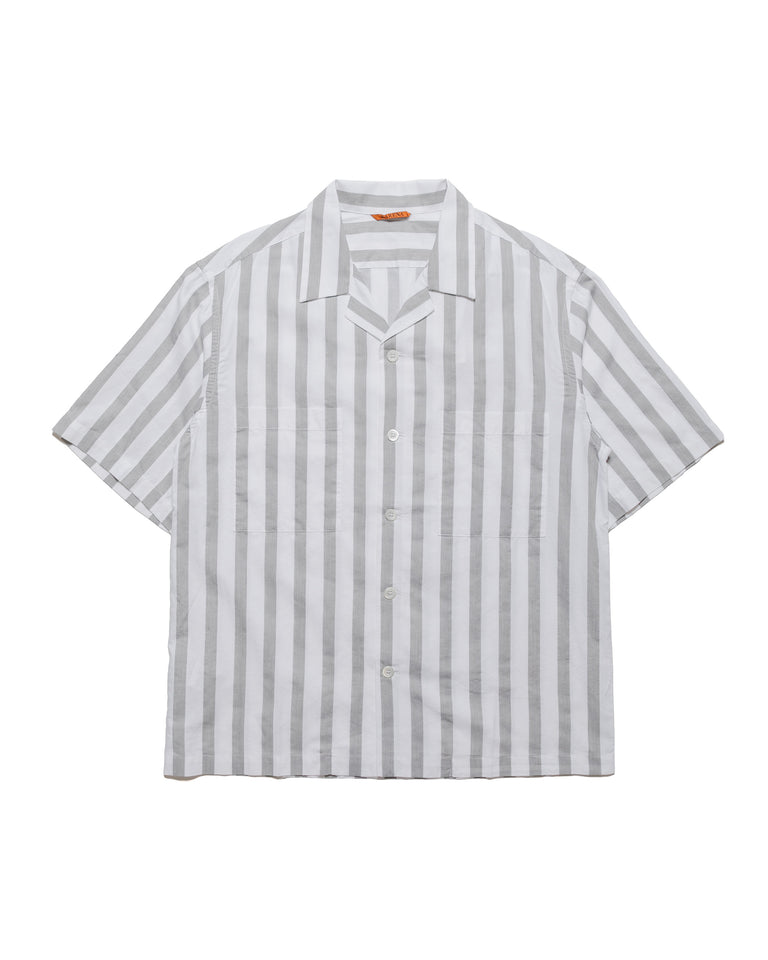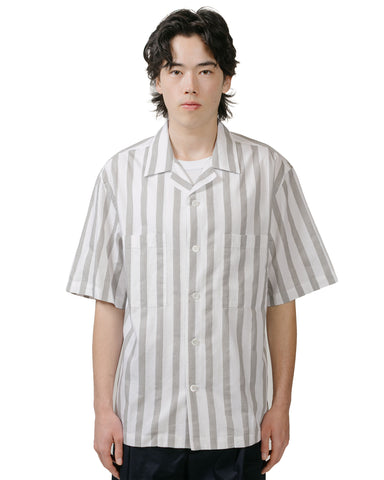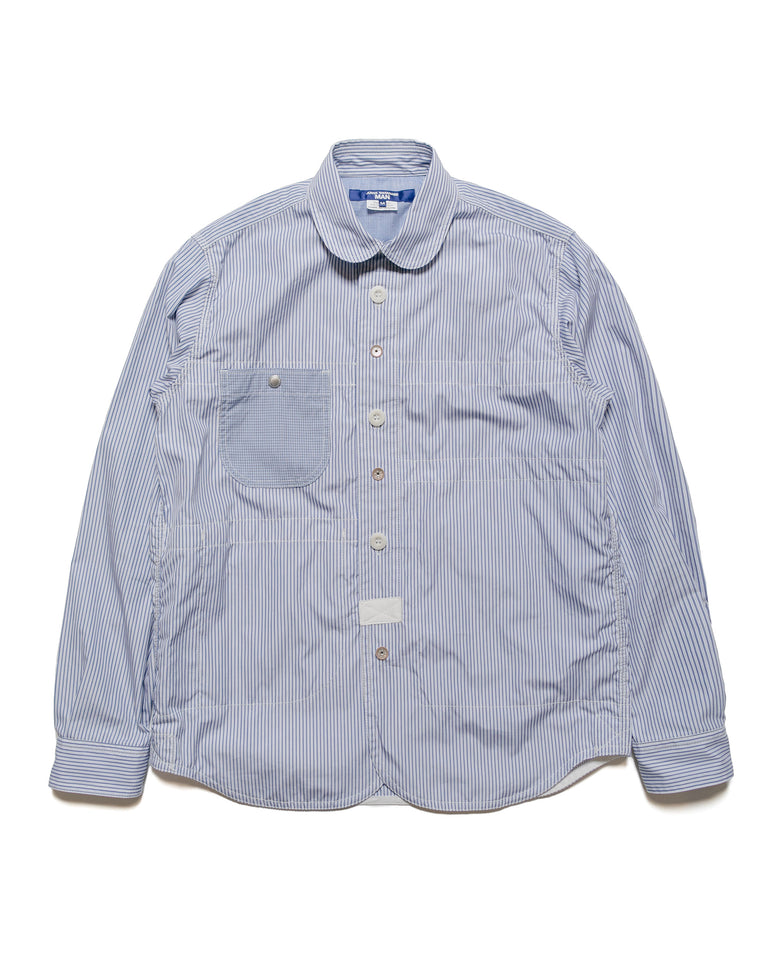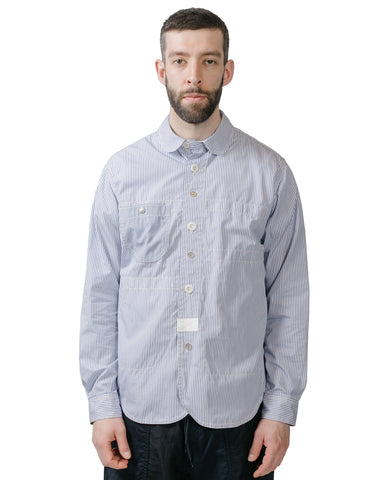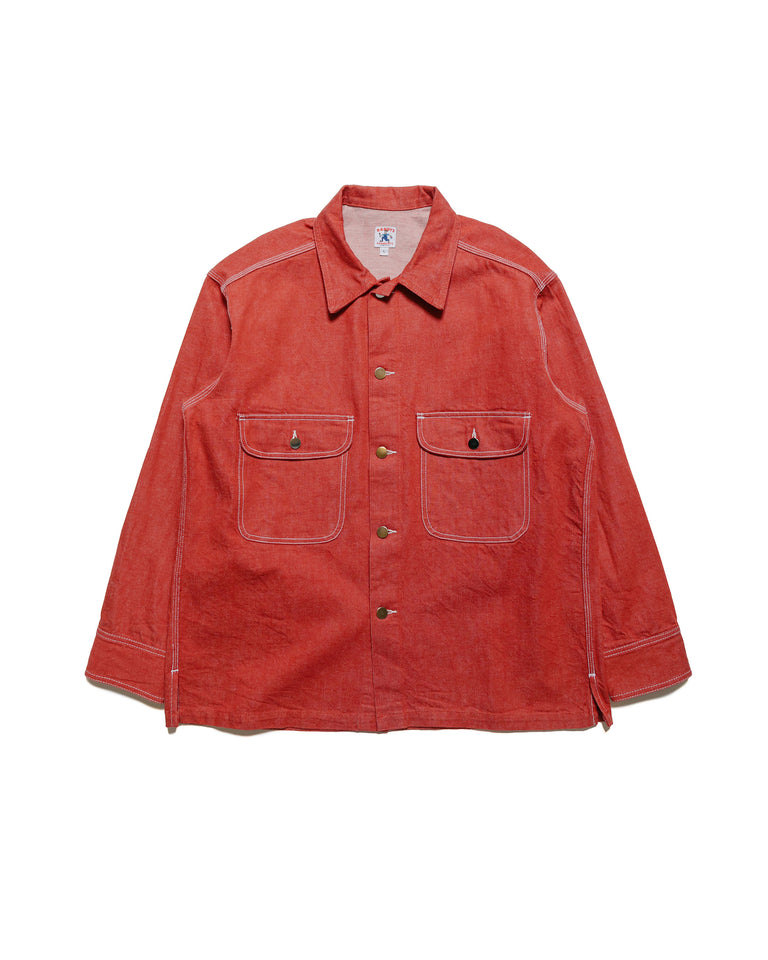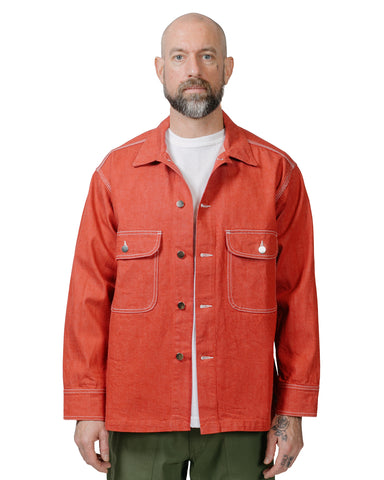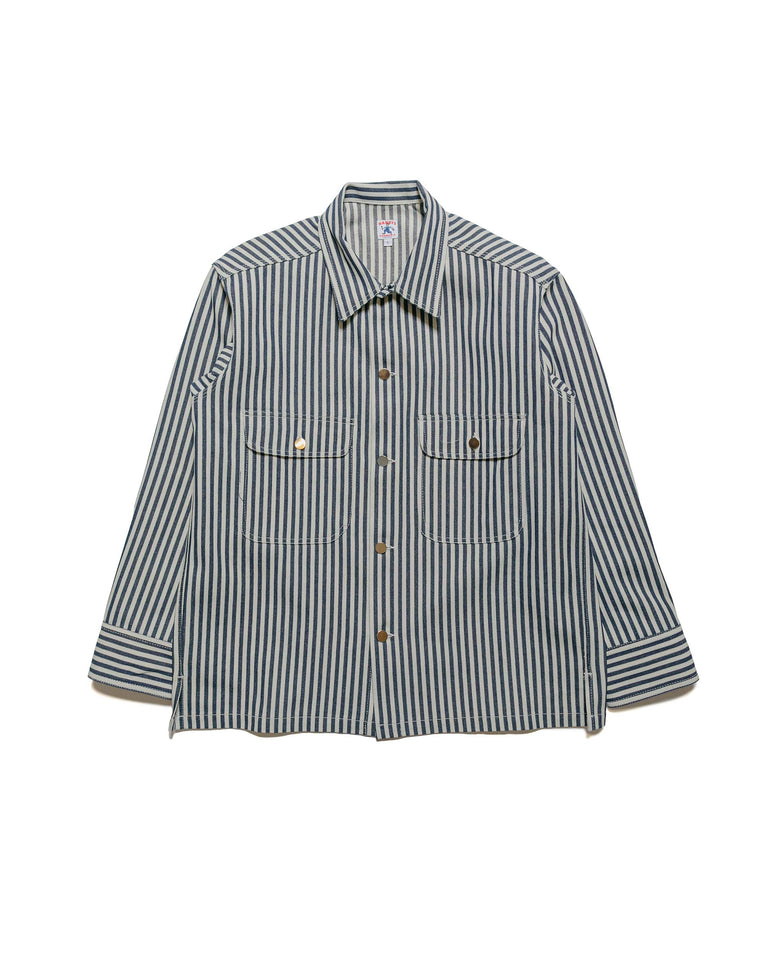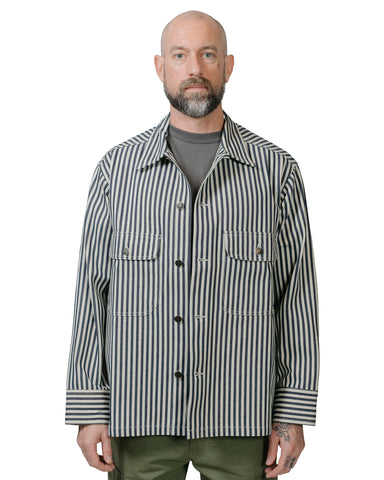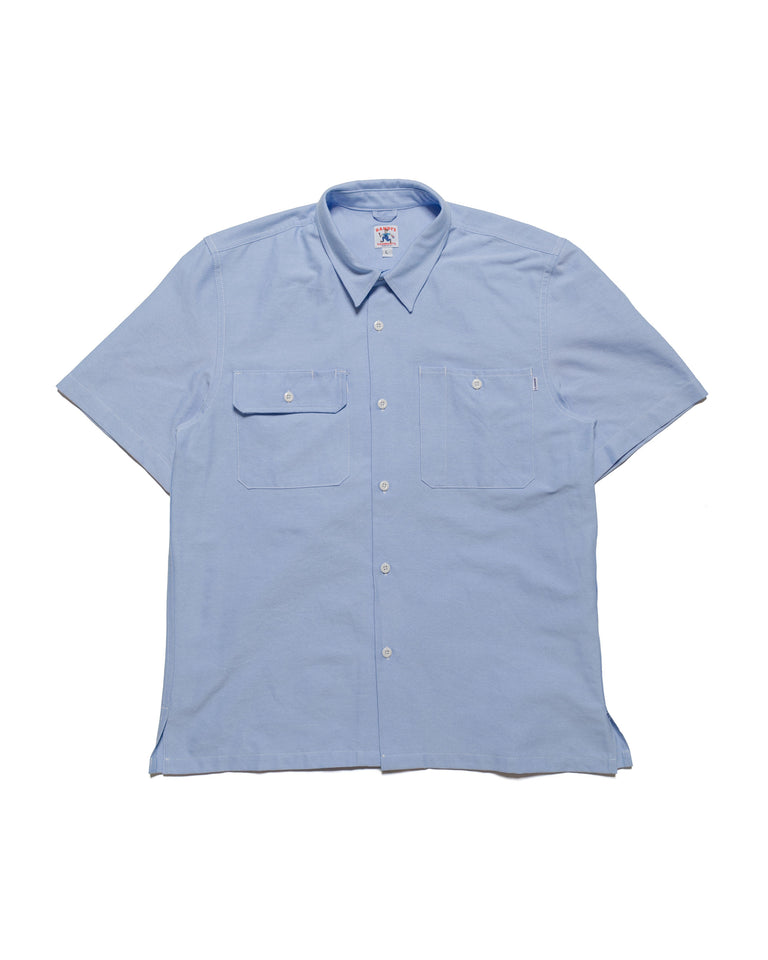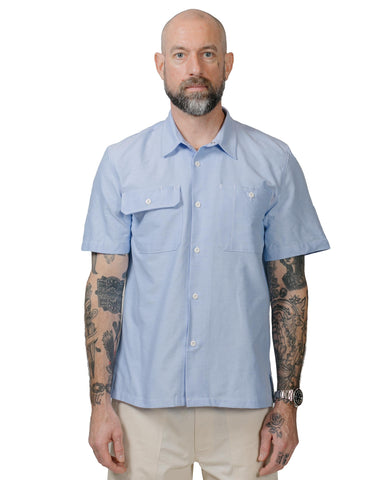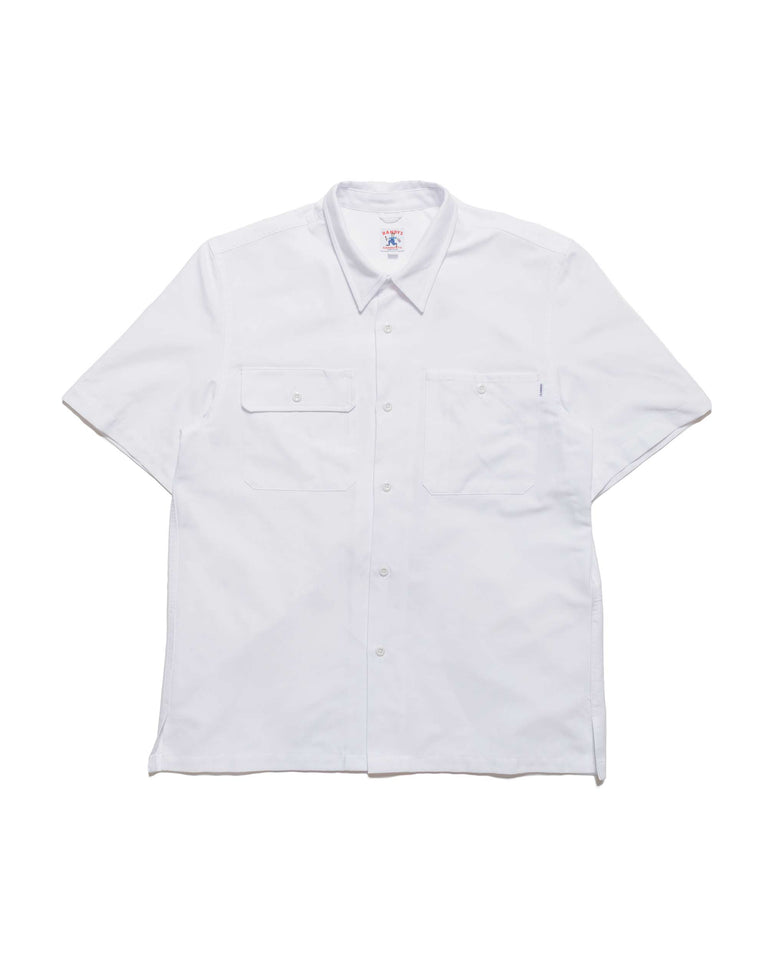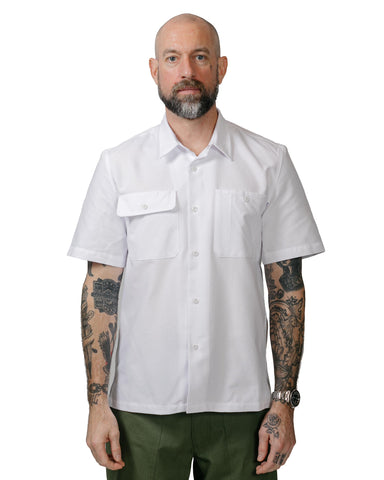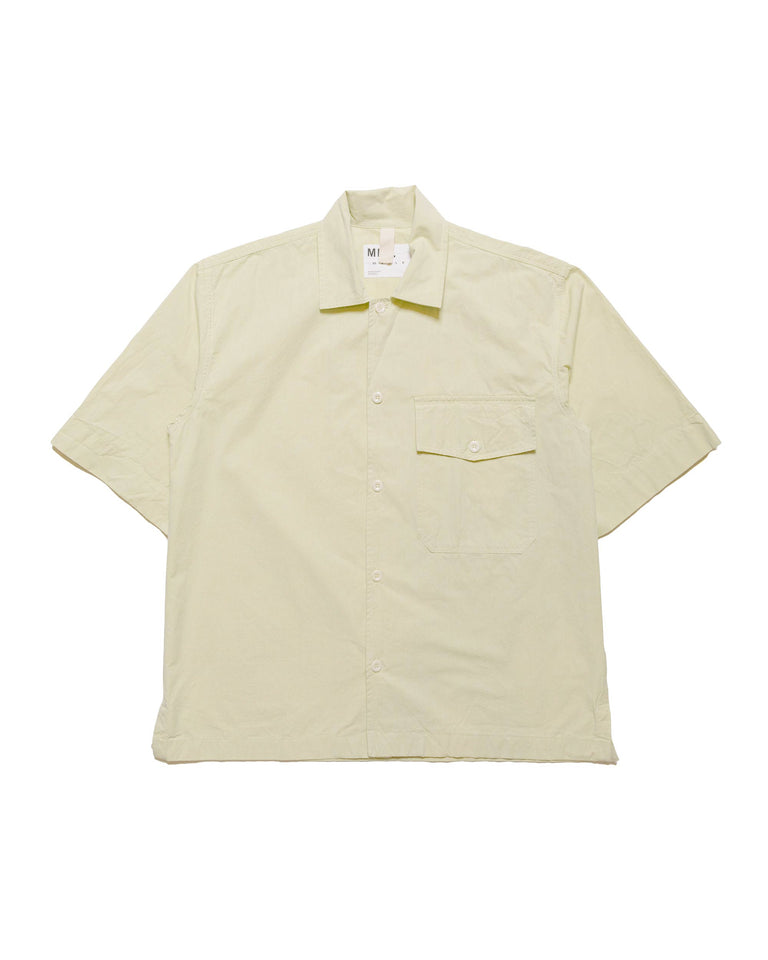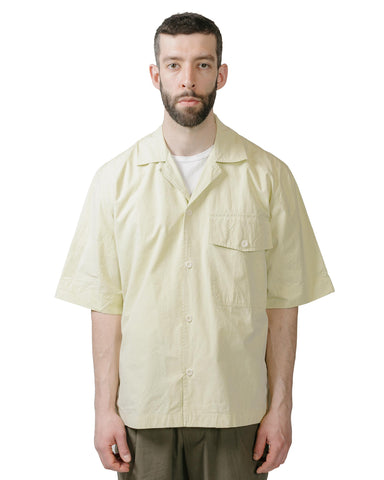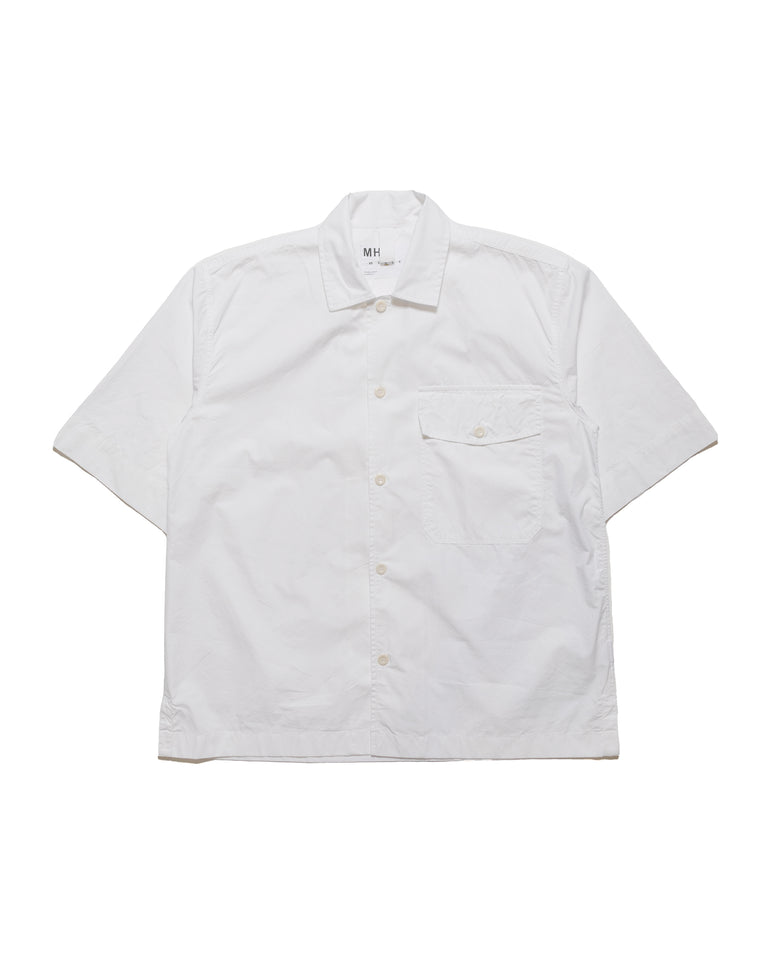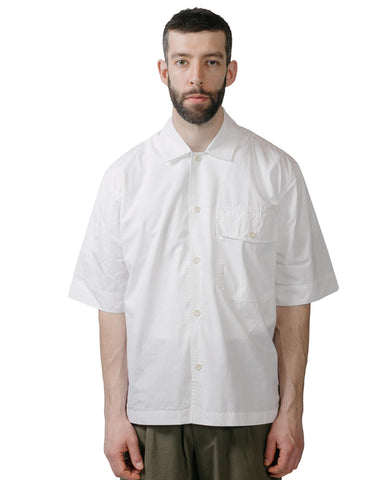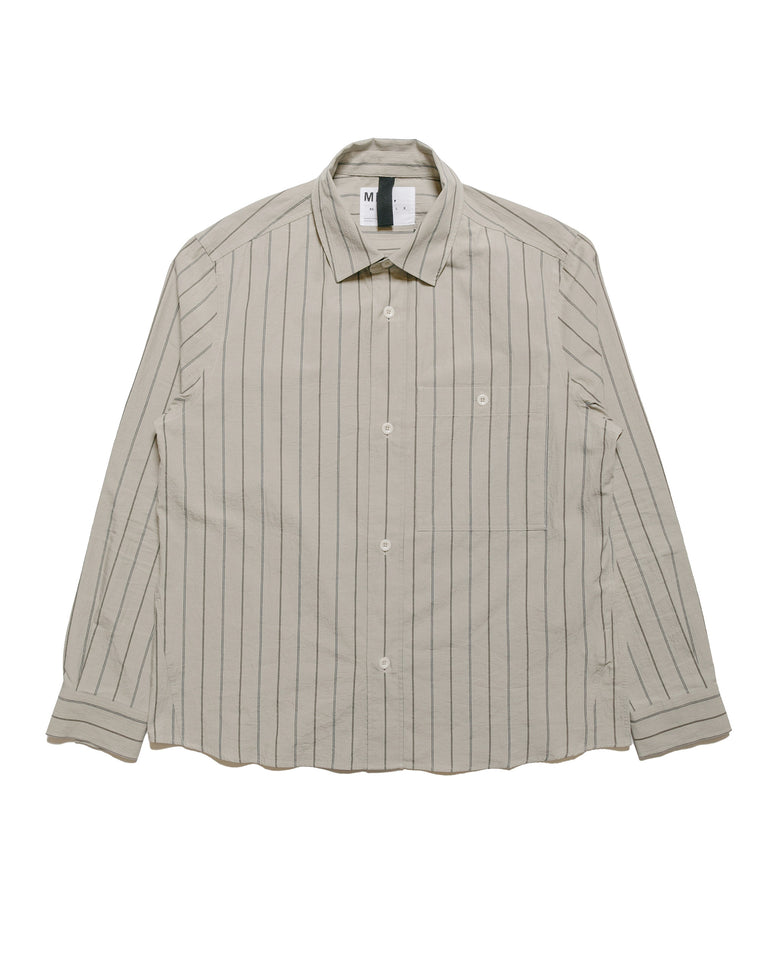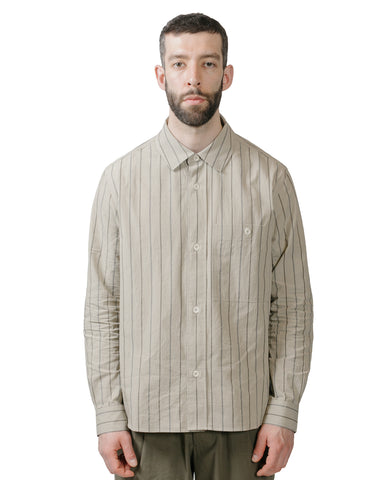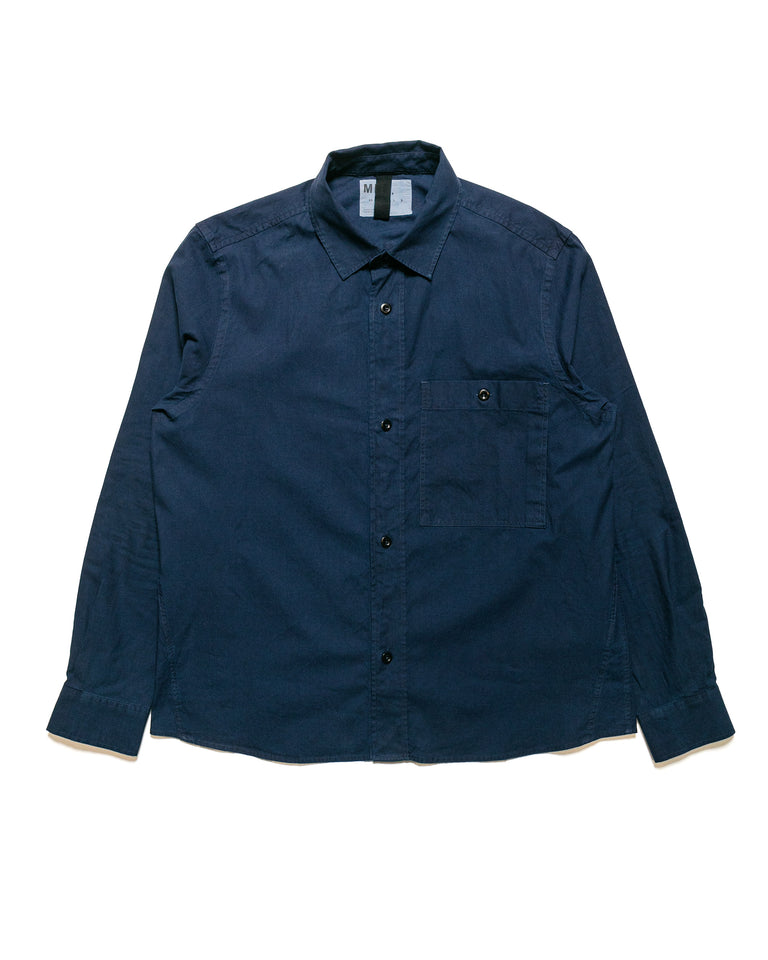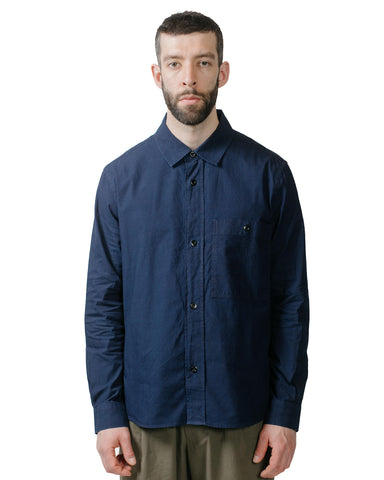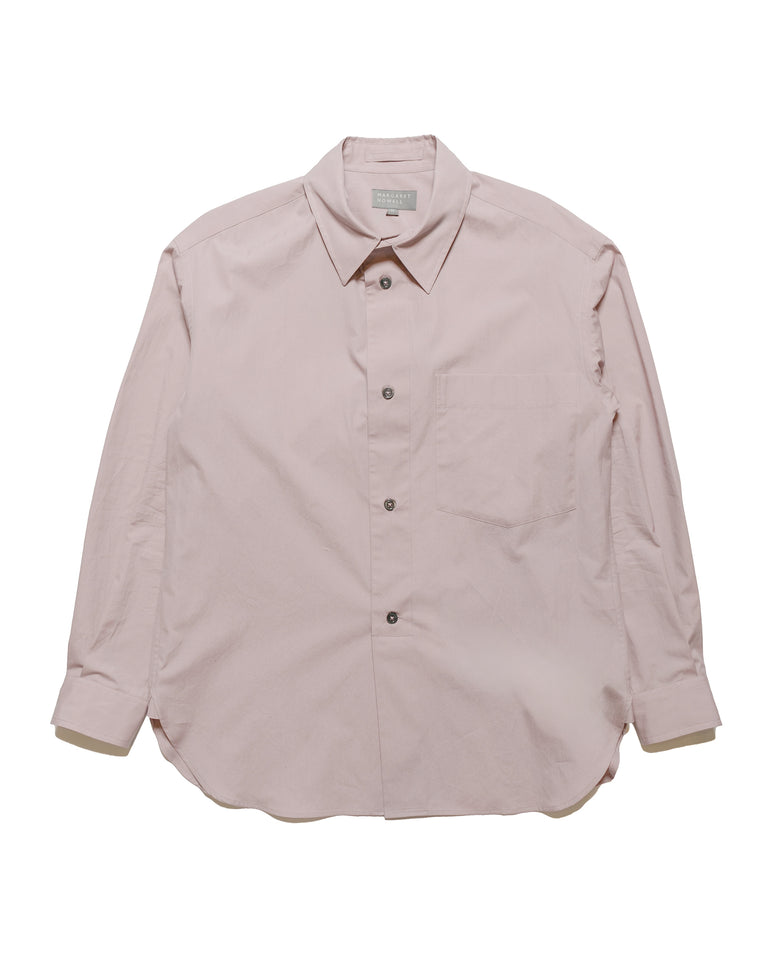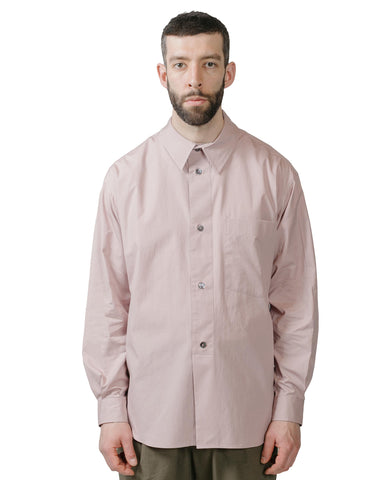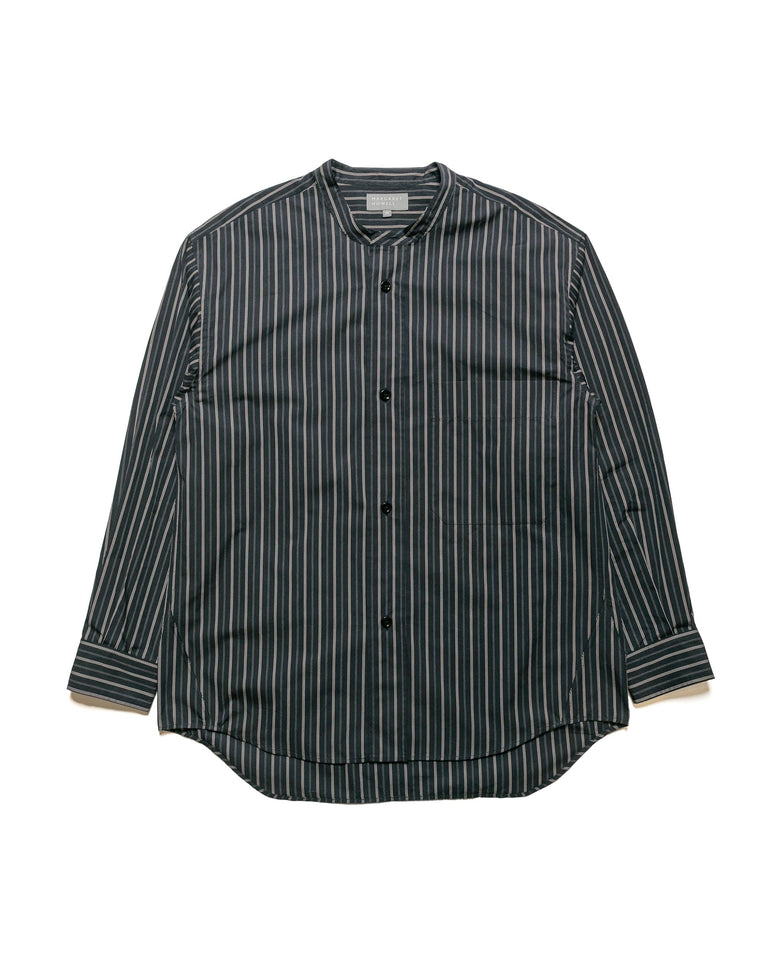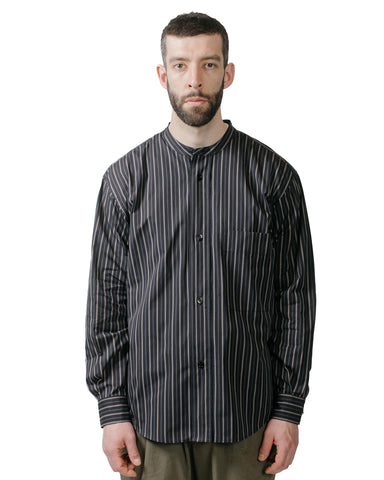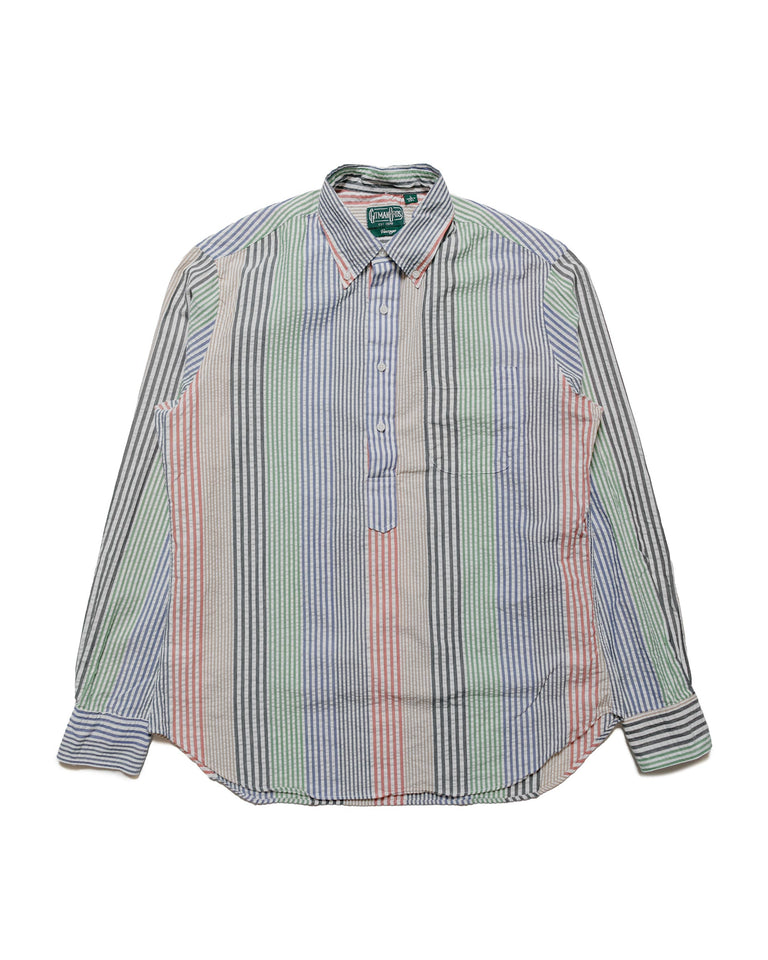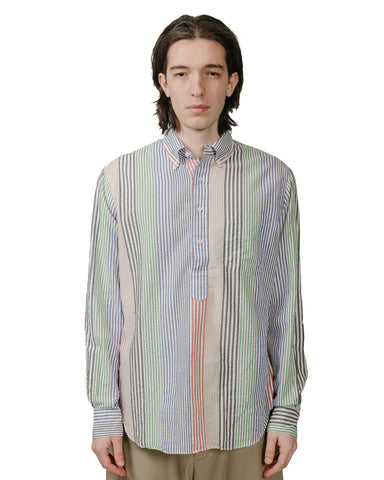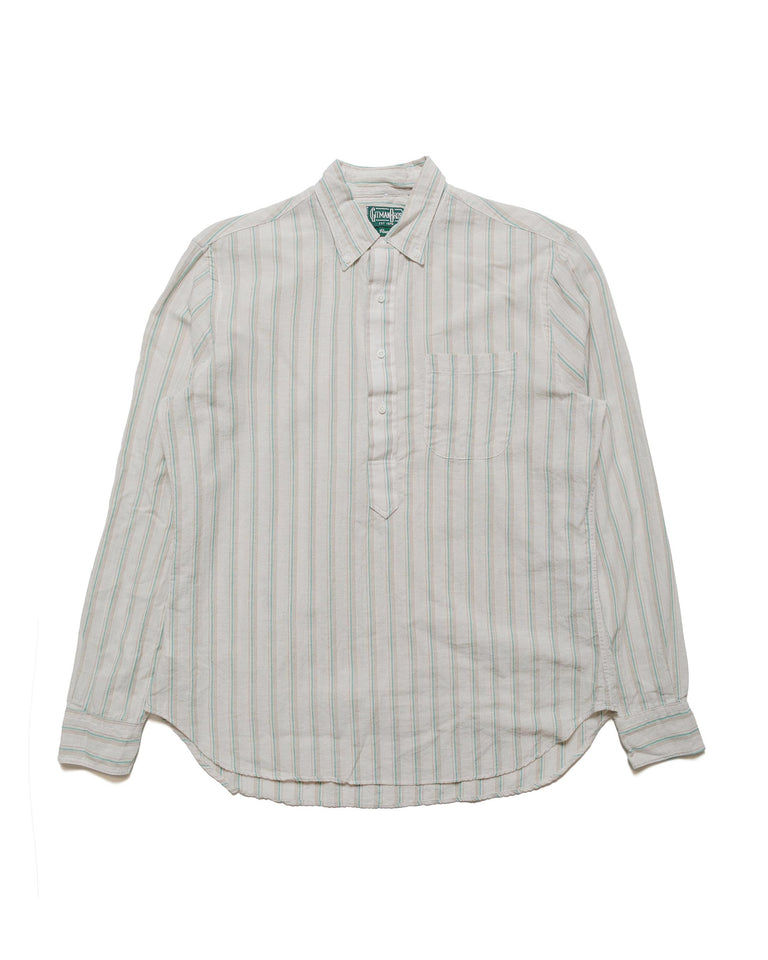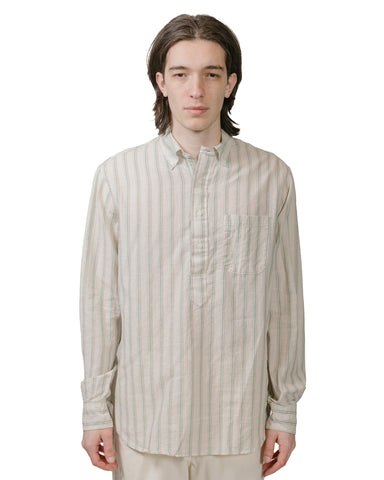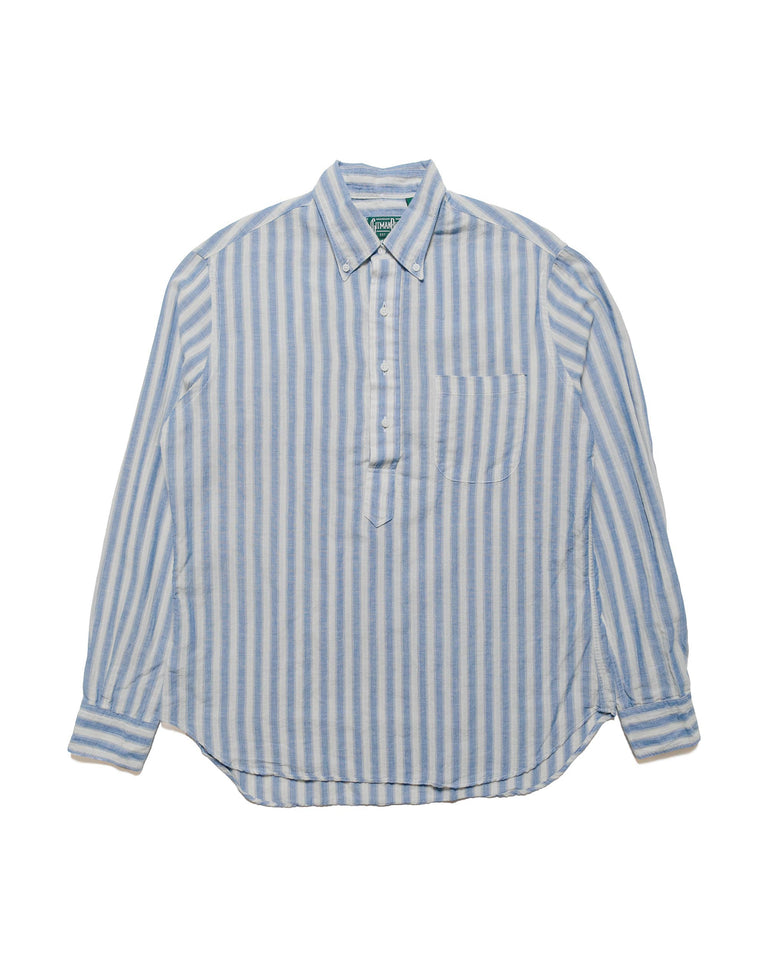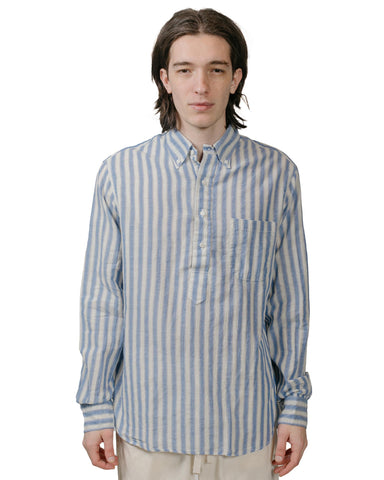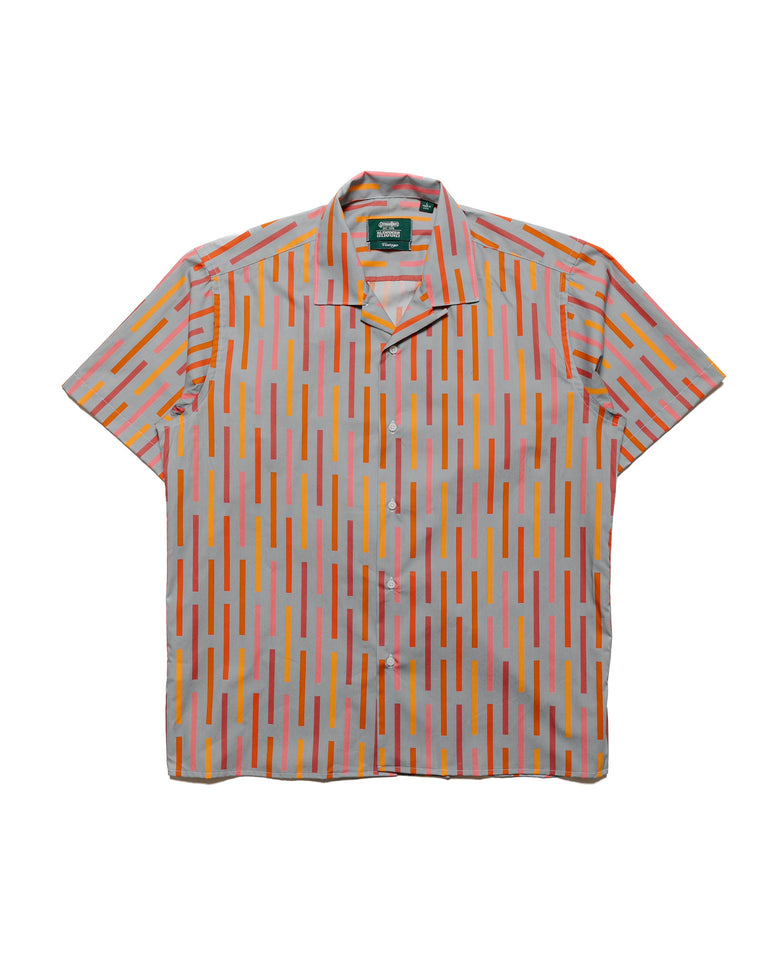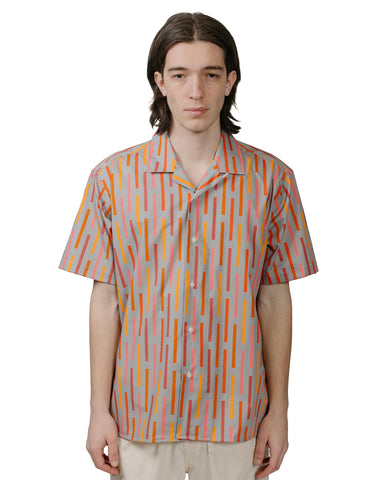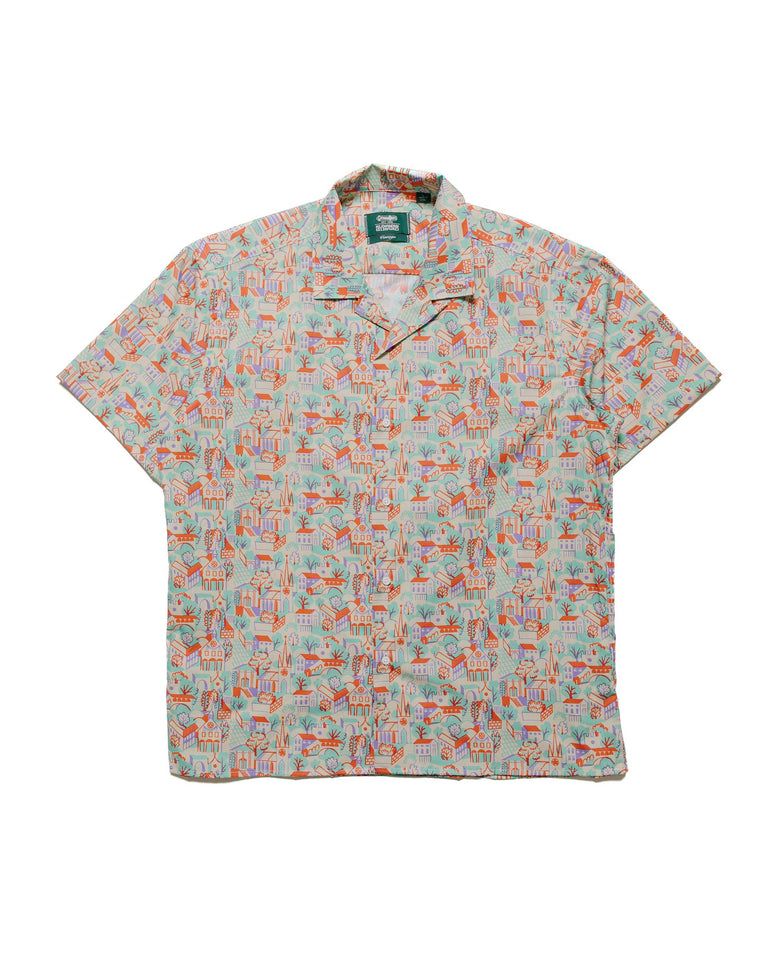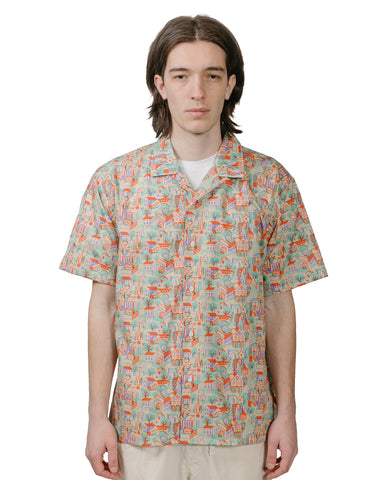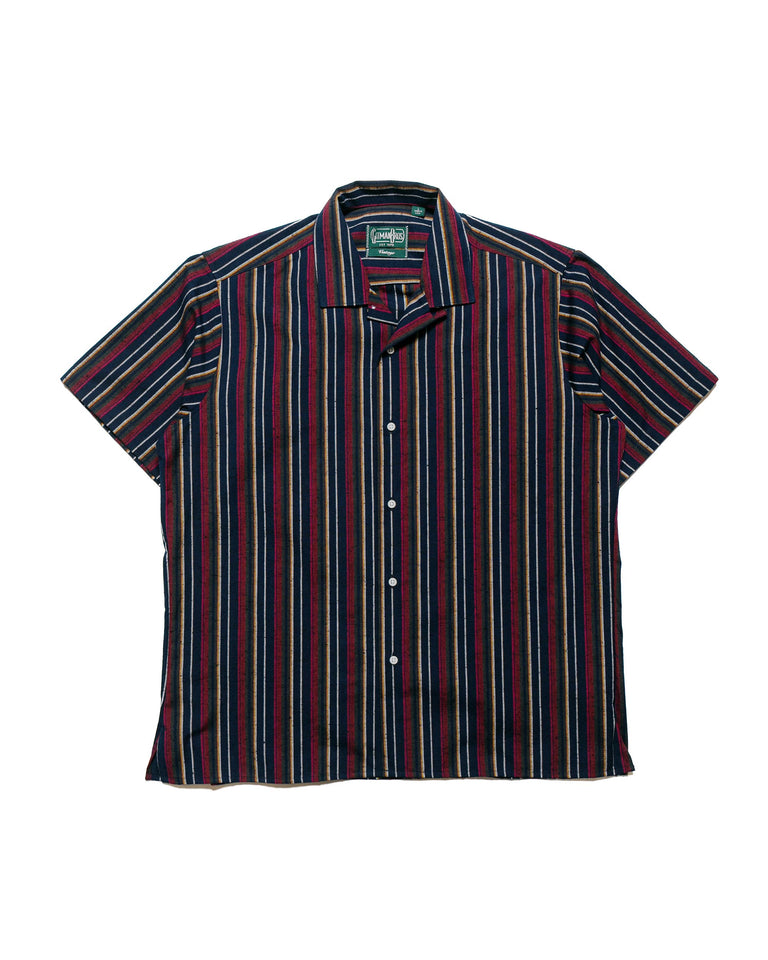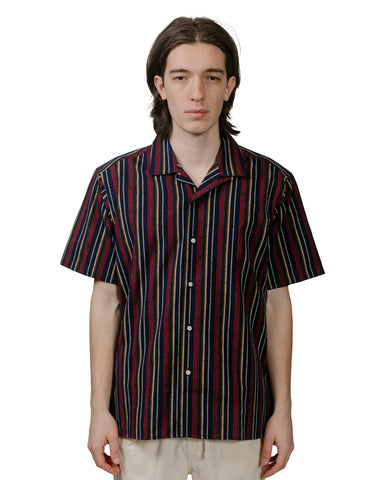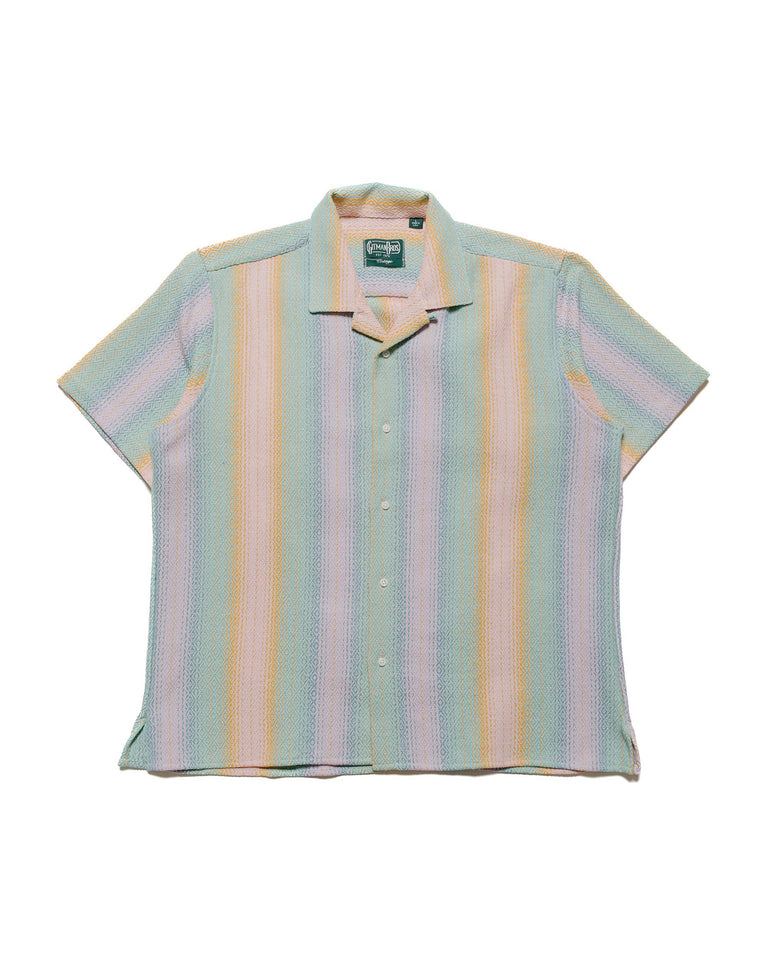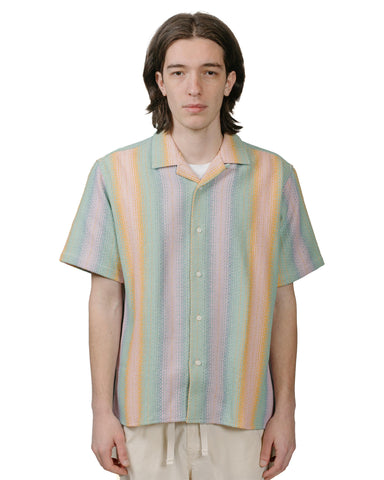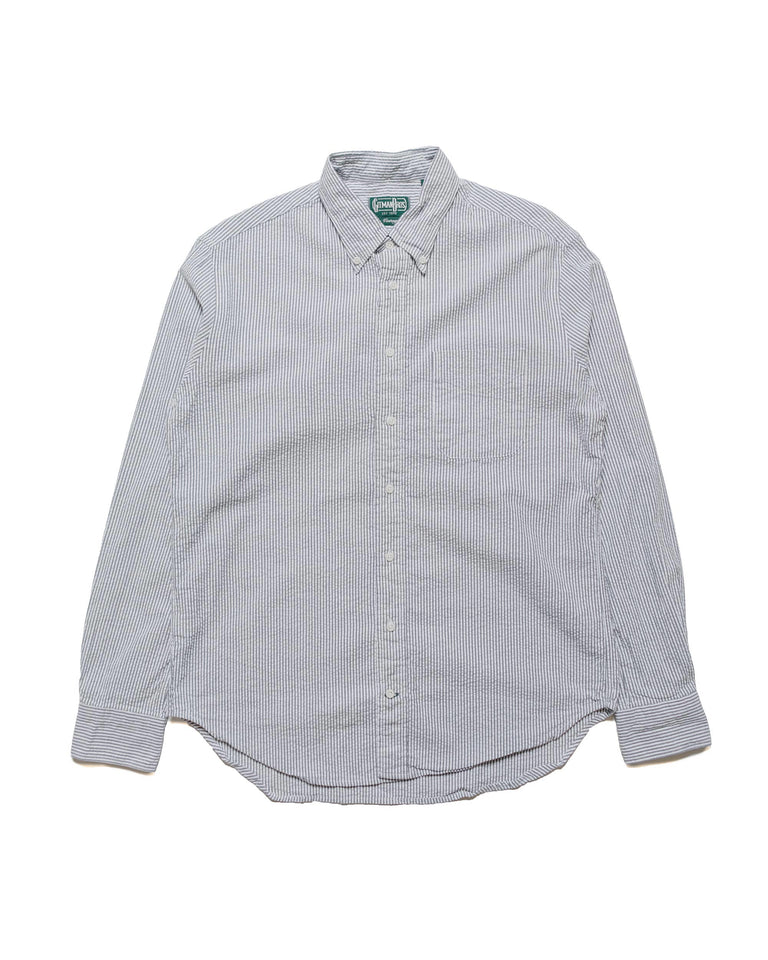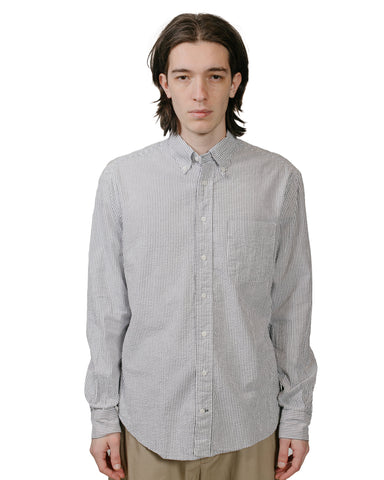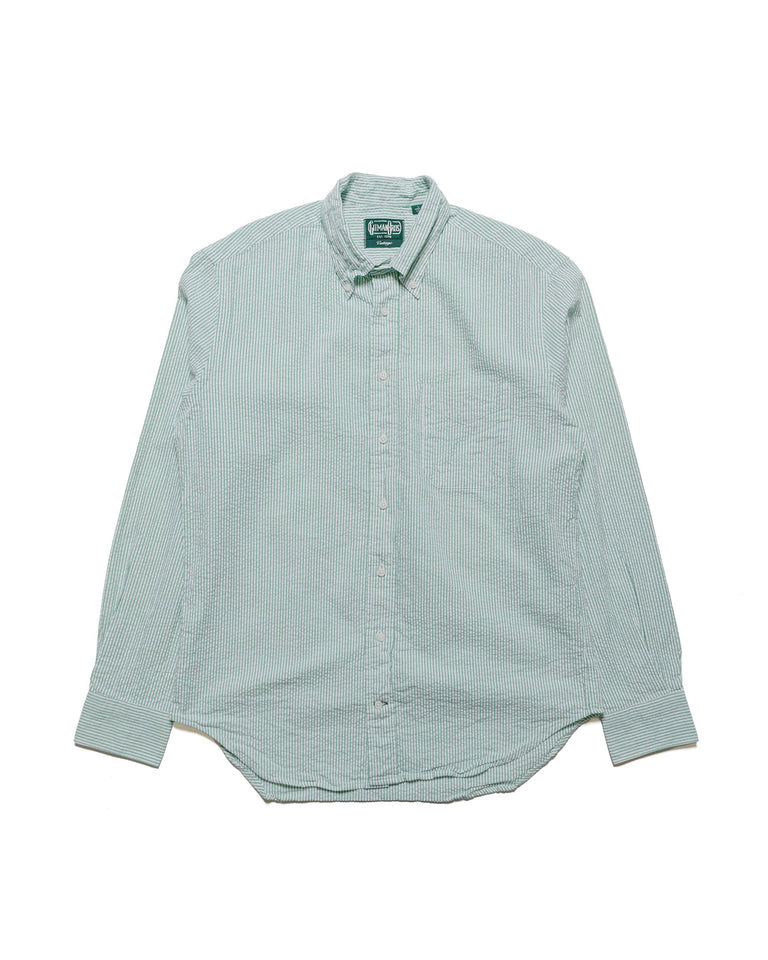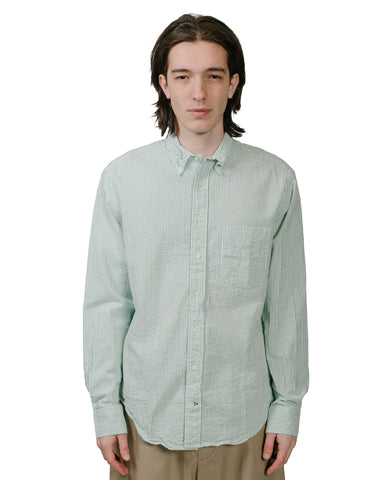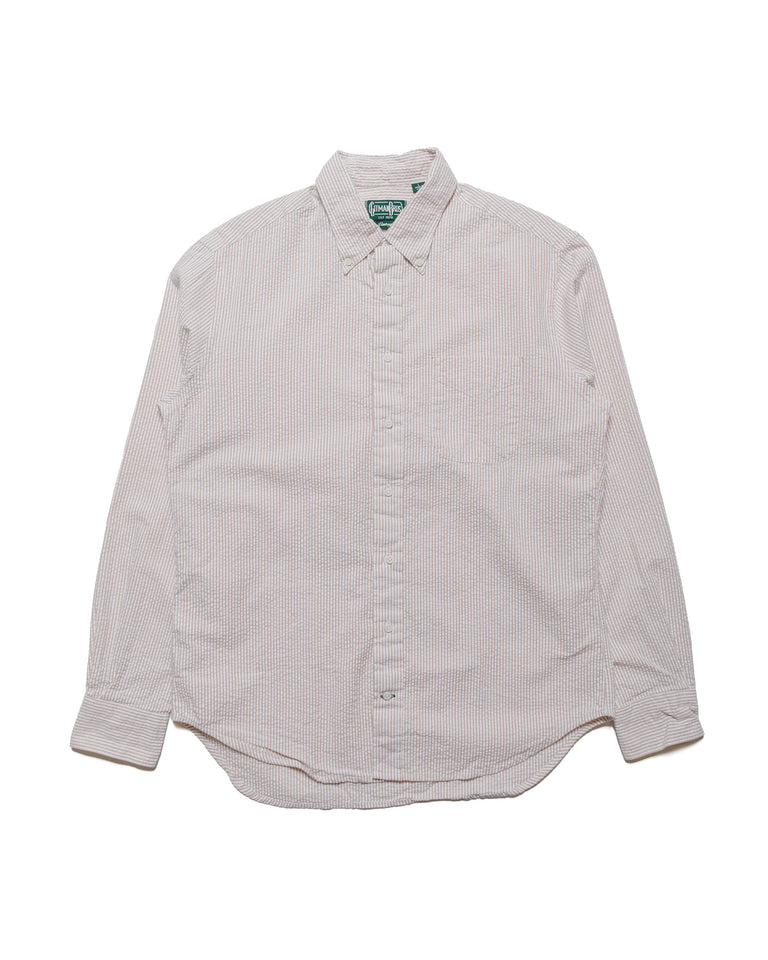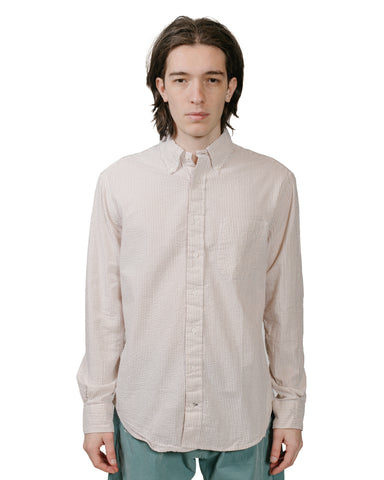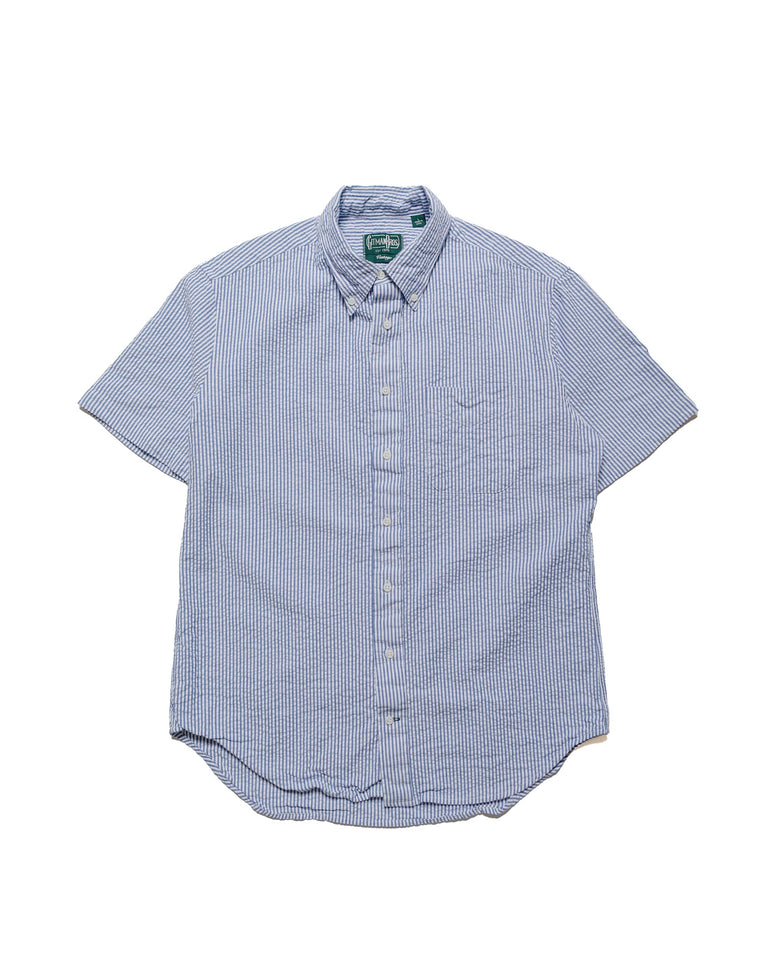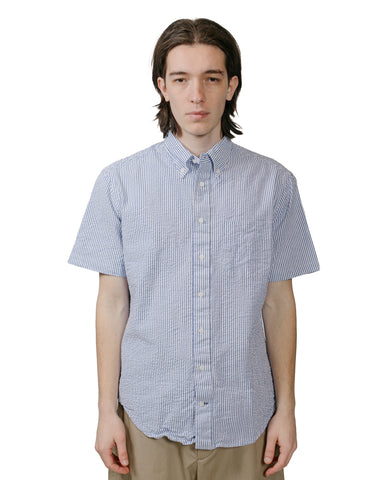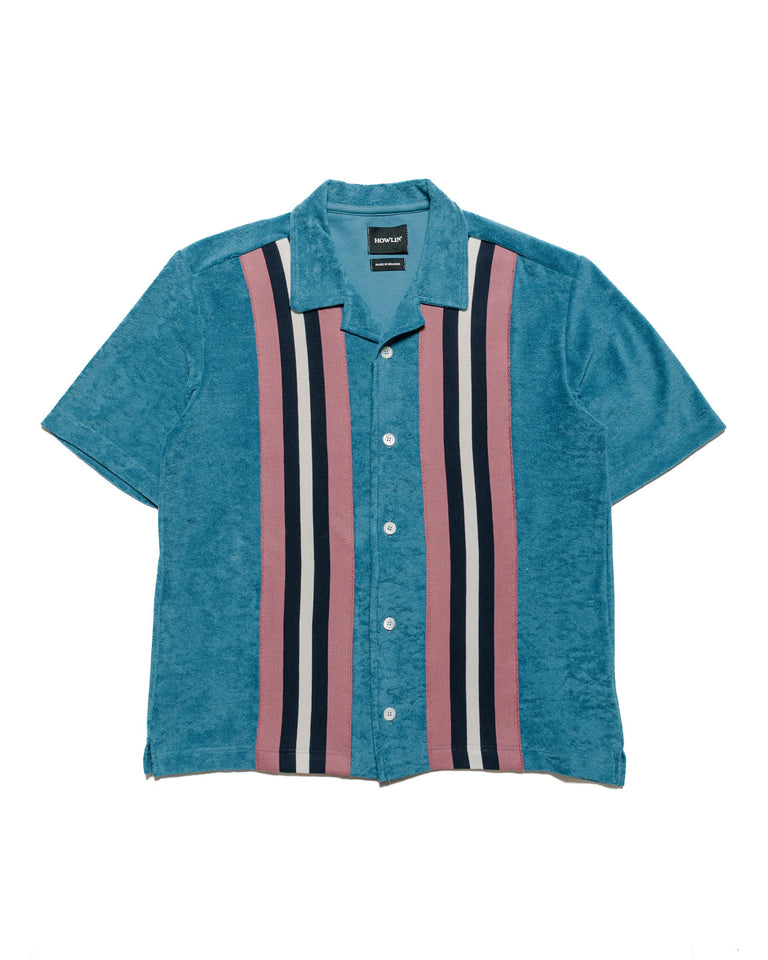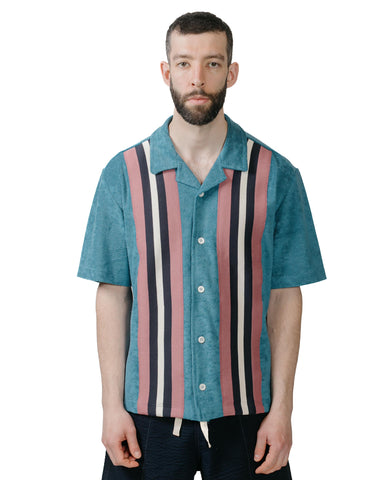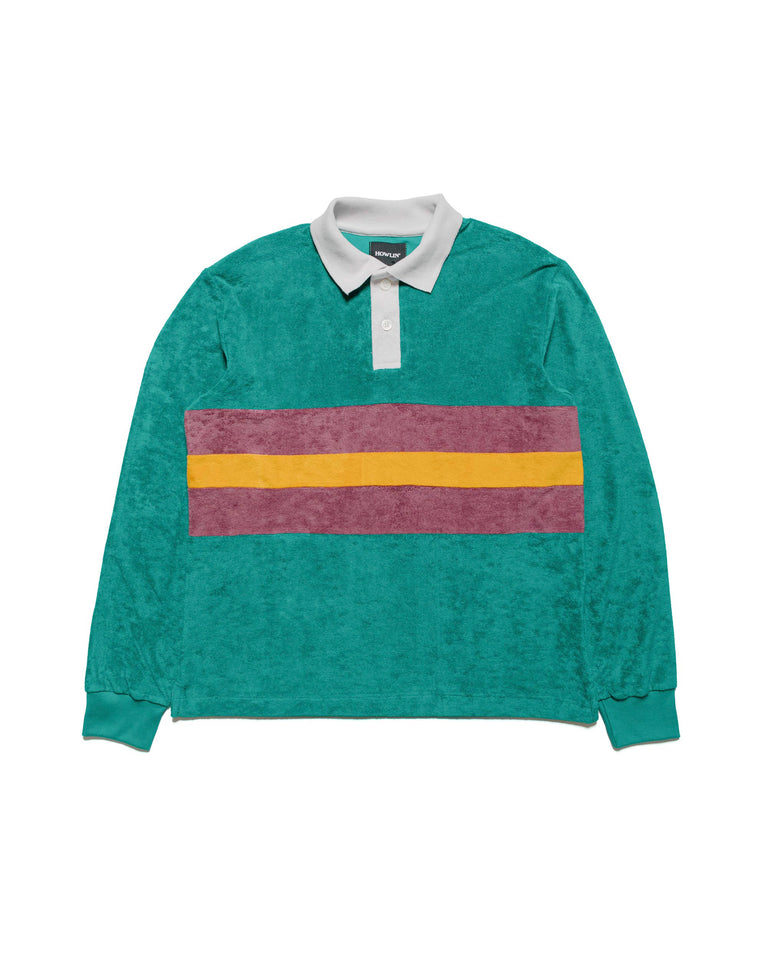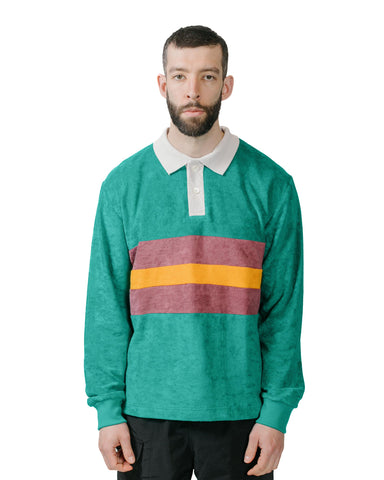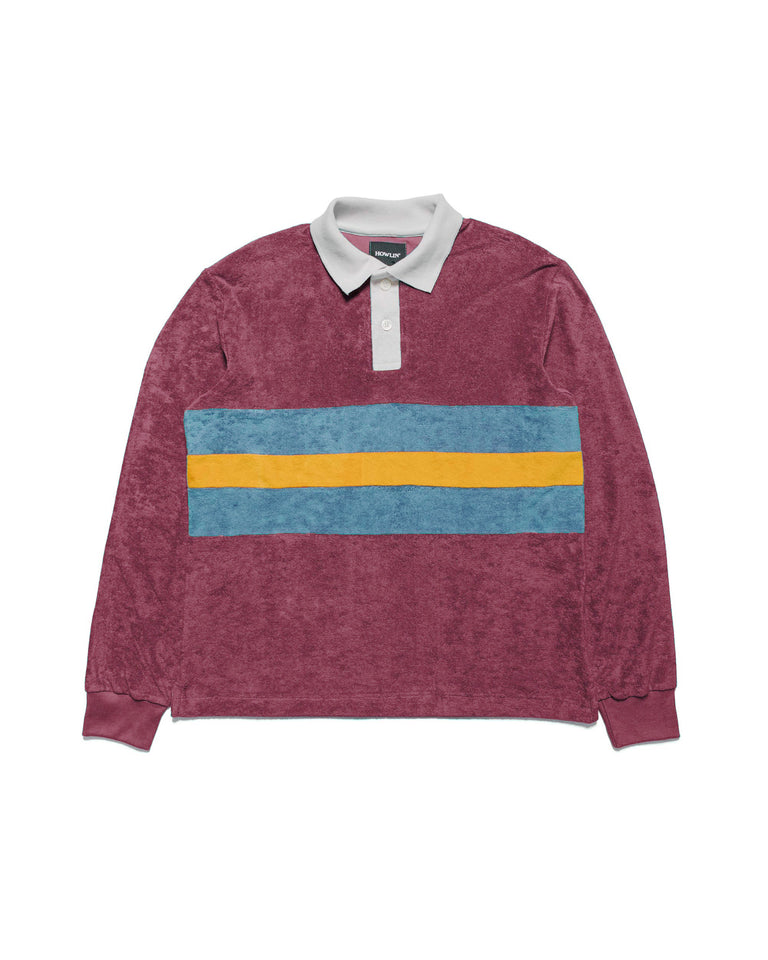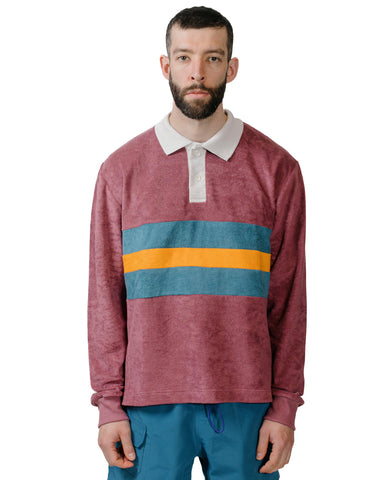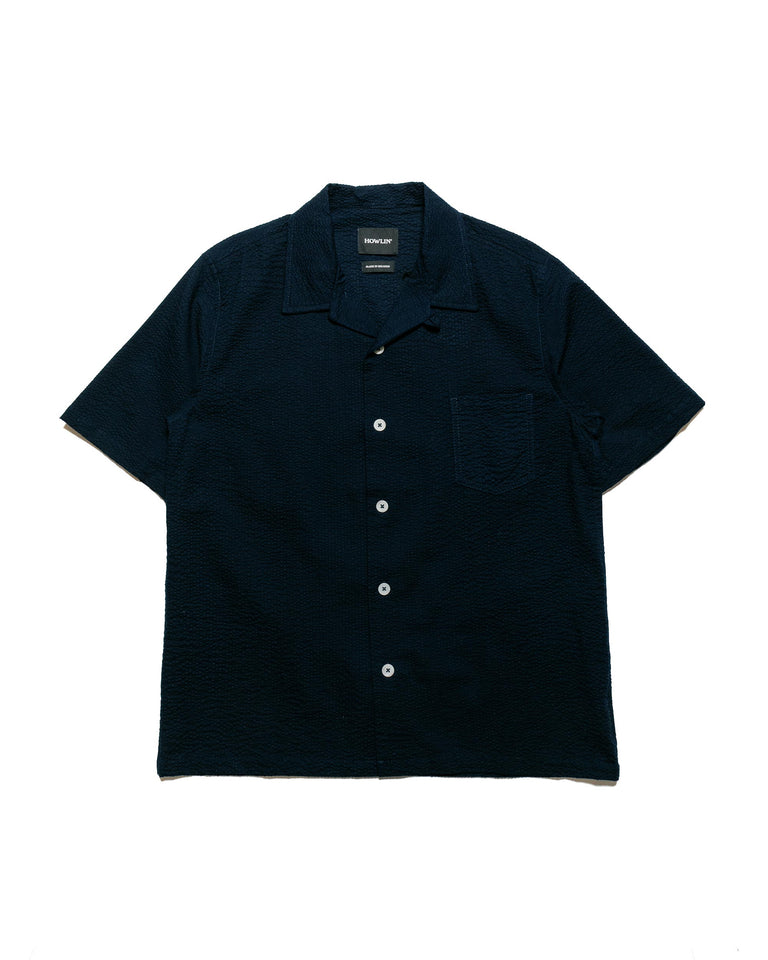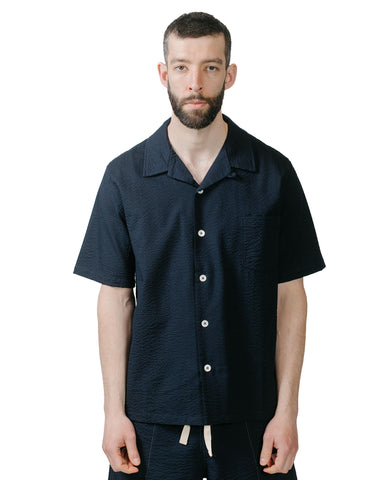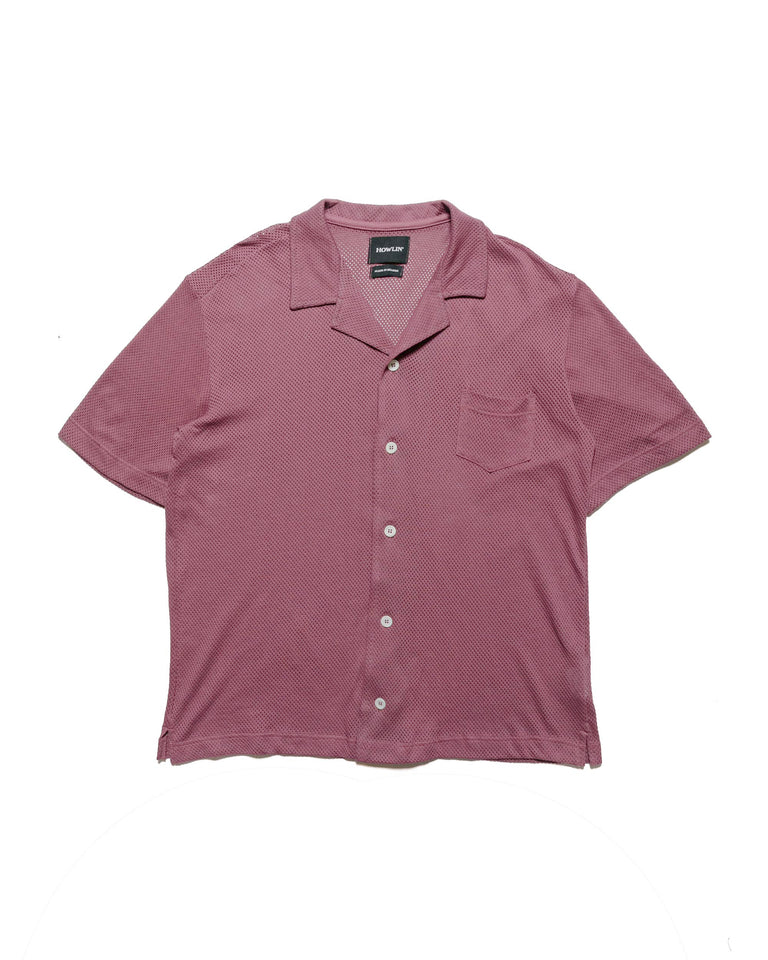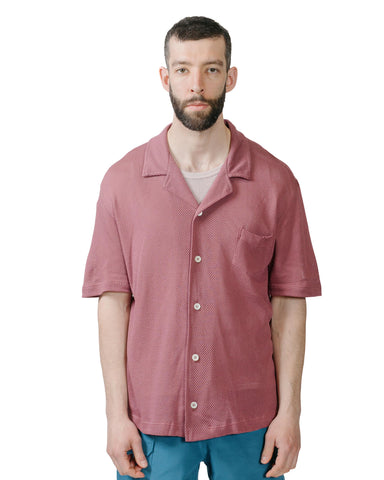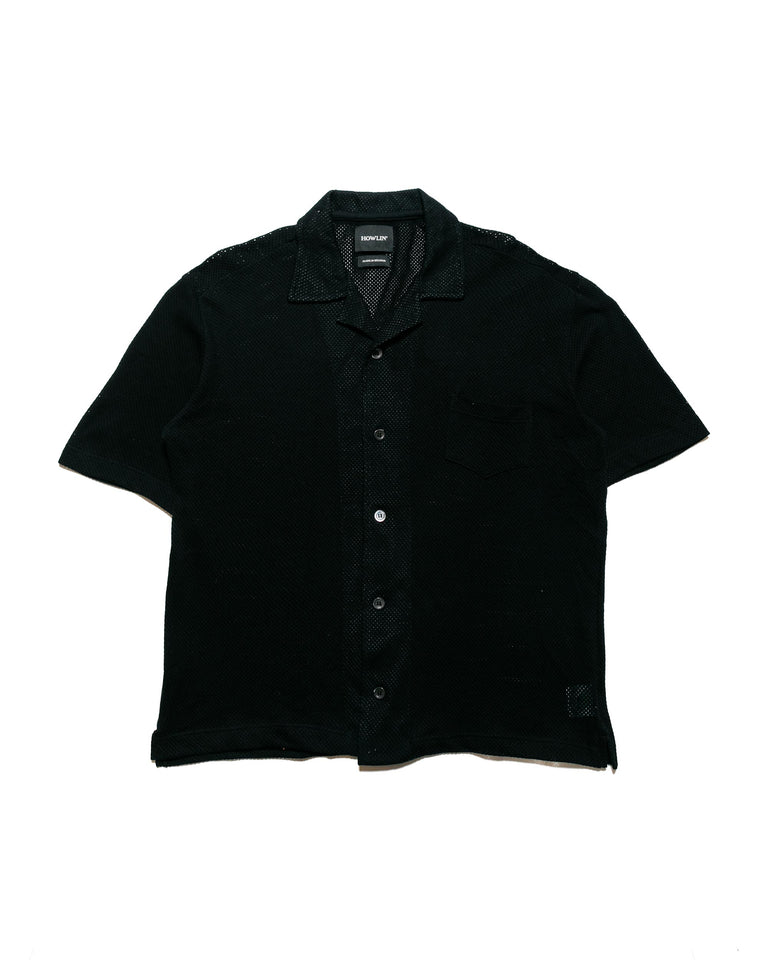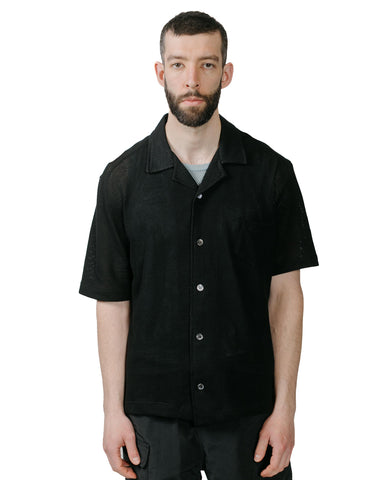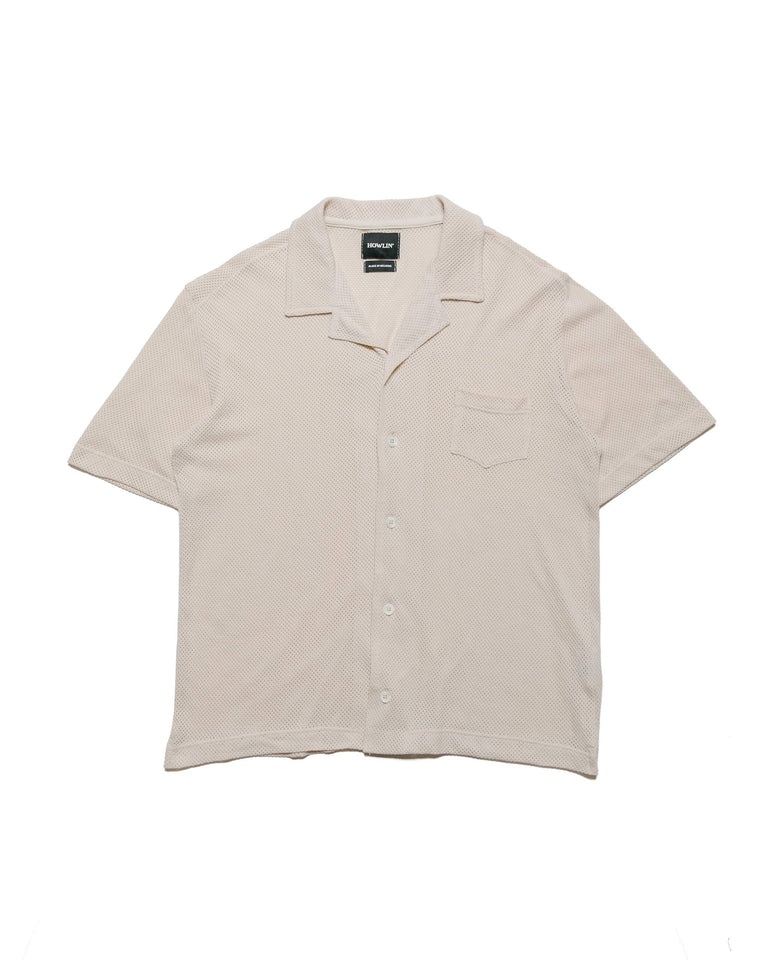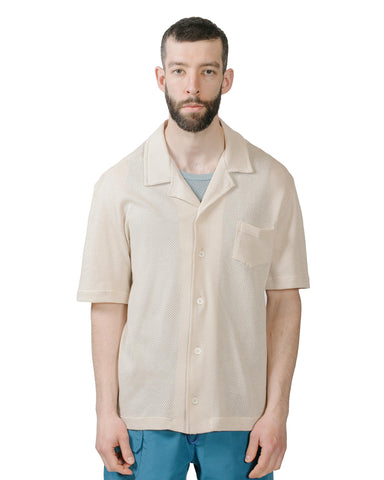Spotlight: The Real McCoy's

















The Real McCoy's clothing is all about vintage reproduction and details that date back decades. The founder Hitoshi Tsujimoto has been making some of the best reproduction pieces on the market. With over 40 years of experience with vintage garments from America, we can see every possible detail reconstructed in his pieces today. We'll take you through a piece-by-piece breakdown of the garments that make The Real McCoy's so special.
Type-1 Denim Jacket
This Denim jacket is an accurate reproduction of products during that time. The American government had big production brands manufacture some of their uniforms and clothing to fight the war. While brands couldn't just make money with government contracts they had to still make their own products. This type-1 denim jacket is a great example of that. Looking closely at the jacket you can find little errors and inconsistencies in construction like sloppy stitch jobs and loose threads. Apparently the buttons have larger holes because metal had to be conserved for machinery for the fight.
B-15C Flight Jacket
In the 1950s, the USAF started changing the colour of their jackets from olive nylon to navy blue nylon. The original B-15B jackets were produced in the early ‘50s and were green with fur collars. The B-15C on the other hand started being produced in the mid 1950s and were blue. Pilots found the fur collars too bulky and warm, so they cut off the collars and installed wool shawl collars instead. Upon closer inspection of the jacket, you’ll notice a white stitching around the collar. This signifies the stitching done when the collar change occurred.
USN Chambray Shirt
When you’re overseas, you probably buy a souvenir to remember the trip by. Same idea with this painted chambray shirt. Soldiers who traveled abroad on tour would paint their garments to remember their time overseas. As demonstrated here with the graphics on the chest and the ship name on the back. On some early button down garments, you’ll notice a 1 to 2 inch long thread hanging off the gussets of the shirts. To save time on manufacturing, producers would simply let the machine run instead of having to cut it and then tie the chain stitch to seal it.
Houndstooth Flannel Shirt
A classic reiteration of the outdoorsman's favourite shirt.
This shirt is made from heavy 100% cotton thread woven material. Unlike conventional flannels today that feel like a sheet of combed cotton, McCoy's reproduce their flannels to have a super durable woven material reminiscent of 40s shirting. The cuff has a one piece construction which means that when the wearer wants to fold their cuff, it's easy and very comfortable to have it on the forearm or elbow. A slightly shorter fit with chain stitch construction throughout the entire shirt, it's meant to be worn untucked. The shirt is also woven in a way that it will eventually shape to the wearer’s body.
P-44 ‘Monkey’ Pant
Ever heard of the term ‘grease monkey’? These pants are exactly that. A USMC issued warm weather cotton pant used in the field. The huge cargo style pockets on the hips and rear gave users the ability to access their essentials quickly instead of digging in a backpack. Upon closer inspection, you’ll find small shoe lace like holes on the hips and cuff. These were designed so that the user could install loop back buttons for suspenders or gaiters. These are a very loose fitting pant with a high rise designed for mobility and comfort.
C-3 Vest
As warm as it gets! Initially designed to be a layering piece with the B-3 shelling flight parka. McCoy’s redesigned this piece to be a bit longer and detailed the hand pockets with horsehide. The leather is acrylic painted so with continuous wear, the paint will crack and reveal the brown leather underneath. Since it's a bit longer, one can wear a leather jacket underneath or shirting during the colder months.
Front Hook Deck Jacket
The cream of the crop! This is an early iteration of the famous alpaca lined deck jacket. This piece contains a melton wool lining, navy blue cotton jungle cloth with a hook closure instead of the buttons used in the N-1. Jungle cloth is a heavy cotton woven material best used for the most demanding situations. Jungle cloth (Bedford cloth) is very similar to modern day corduroy. A water repellent version was made for the US navy during the 1920s and is what we see with this piece today. With its 100% cotton construction, this material will fade, pucker and create its own character over time.
N-3B Parka
The N-3B is the original snorkel parka. Issued in 1958, this was one of the warmest and most durable parkas of that era. McCoy’s has utilized a Nylon 6,6 which combines superior strength, durability and heat resistance. This type of nylon is used in today’s outdoor apparel companies because of these qualities. The insulation is a very thick wool pile that’s been sewn into each pattern providing continuous warmth even when sitting or standing still. The hood is lined with mouton and coyote around the outer rim of the hood. A tight neck opening provides a fantastic wind barrier.
Buco J-24L
A legendary motorcycle leather jacket brand out of Detroit from the 1930s, Buco was the gold standard of riders throughout the States during its time. The Real McCoy’s purchased the licensing and reproduces their jackets in every imaginable detail and quality. McCoy’s uses horsehide from the Japanese tannery Shinki Hikaku Co. They choose specific areas of the horse to use for their jackets giving the final piece a consistent grain and thickness. The black tanning is only done on the outer face of the leather so when worn, it eventually fades into the brown, natural leather underneath. The J-24 offers an ample amount of pockets throughout the jacket like the very sought after d-pocket in the front of the jacket - perfect fit for a small pistol or flask. The brass hardware will eventually darken and patina. Its quilted lining offers some weather protection and the back vent offers mobility for those longer rides.
Suvin Cotton Parka
Loopwheel Crew Neck Sweater
Loopwheel. You’ve heard it everywhere. The fabled loopwheel machines were first used in the early 20th century and use gravity as part of its manufacturing process. It's an old technique that takes a very long time to produce the fabric but provides an incredibly soft and durable material. In the Wakayama prefecture in Japan, there’s a factory has some of the last machines in existence and this is where Real McCoy’s makes these beautiful sweaters. Some characteristics of loopwheel sweaters are the tubular body (no vertical stitching on the body) and folds on the arms instead of creases. As a whole piece, the sweater provides a blanket like feel to the user that’s extremely durable and washes very easily.
Wolf Cowichan Sweater
A Canadian original. The first Cowichan sweaters come from Vancouver’s Cowichan people. In the 1950s Mary Maxim started producing patterns for the masses and that’s where we find the wolves design. Highly sought after in the vintage community these patterns were sold as instructional guides and someone would knit you one using different colour wool yarns. The Real McCoy's decided to take it to the next level by creating a more modern fit using a wool and cashmere blended yarn.
Shop The Real McCoy's















